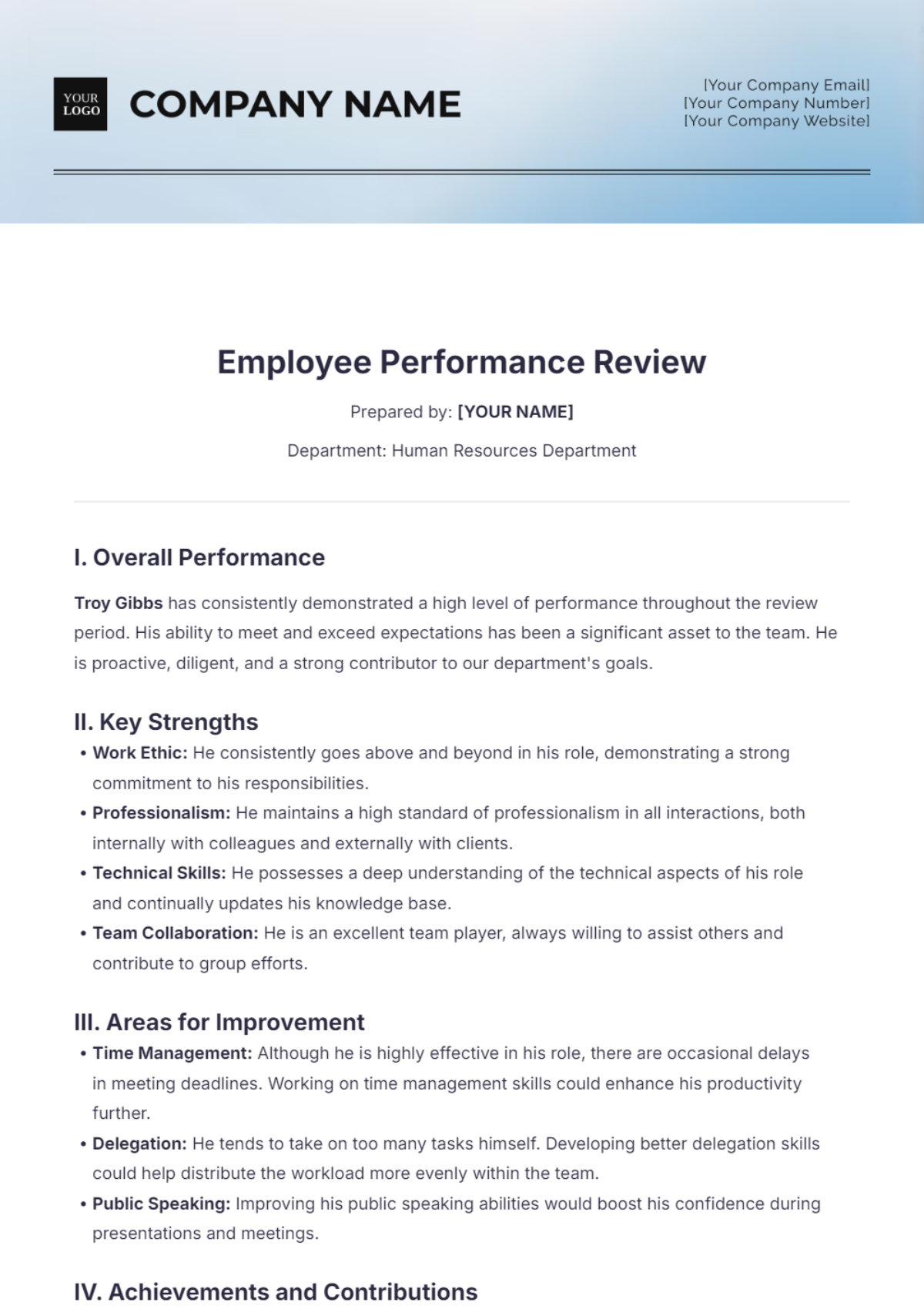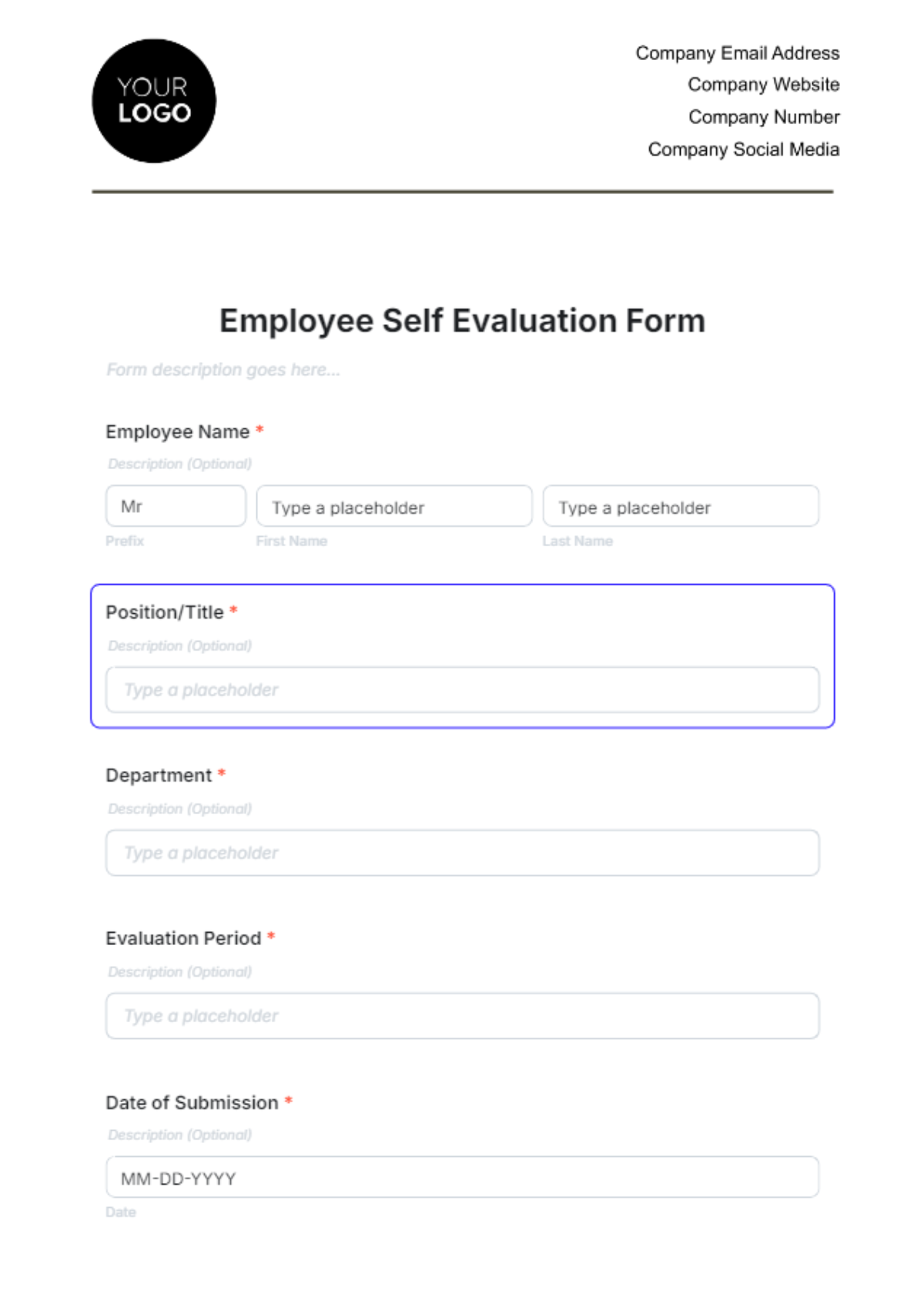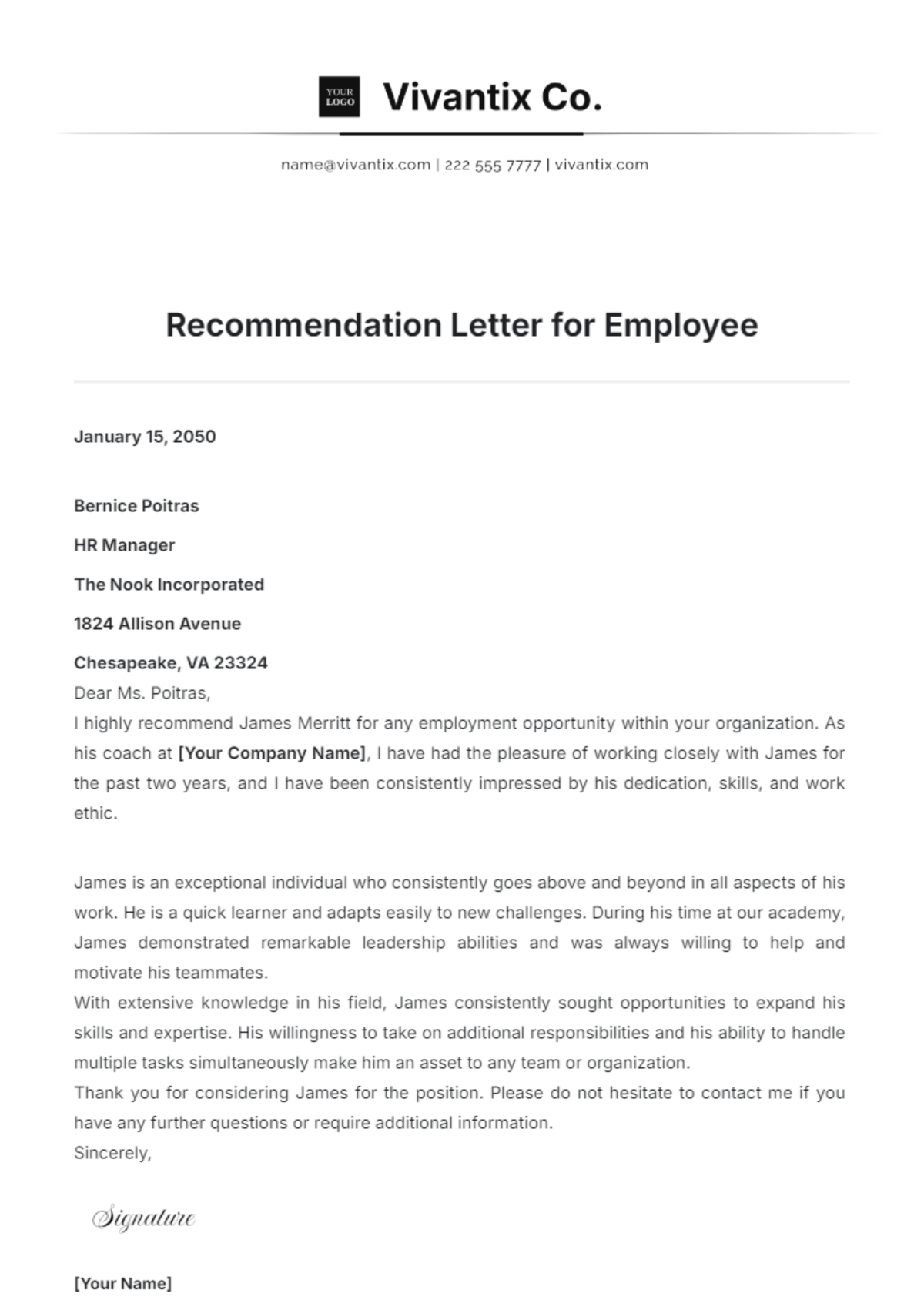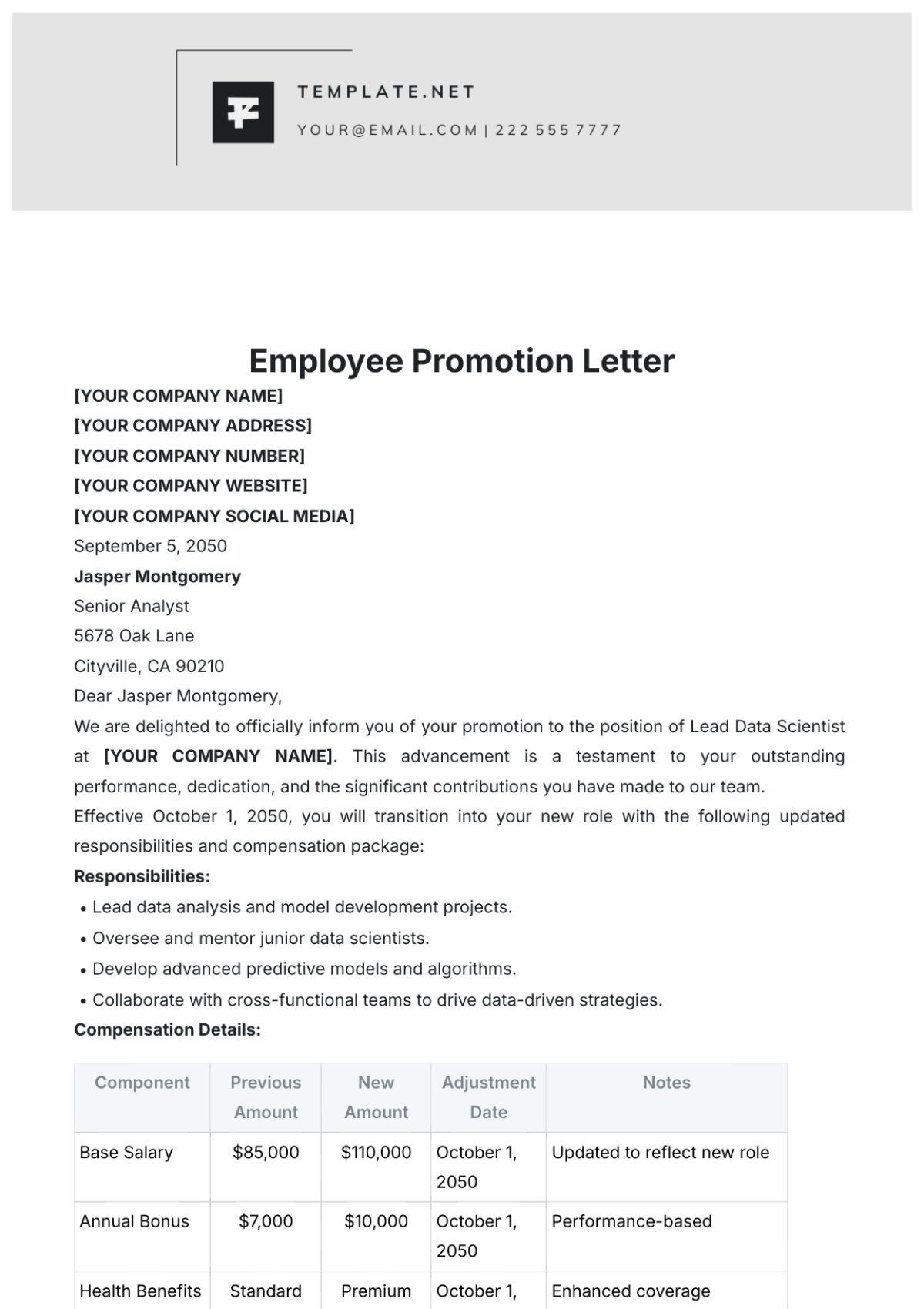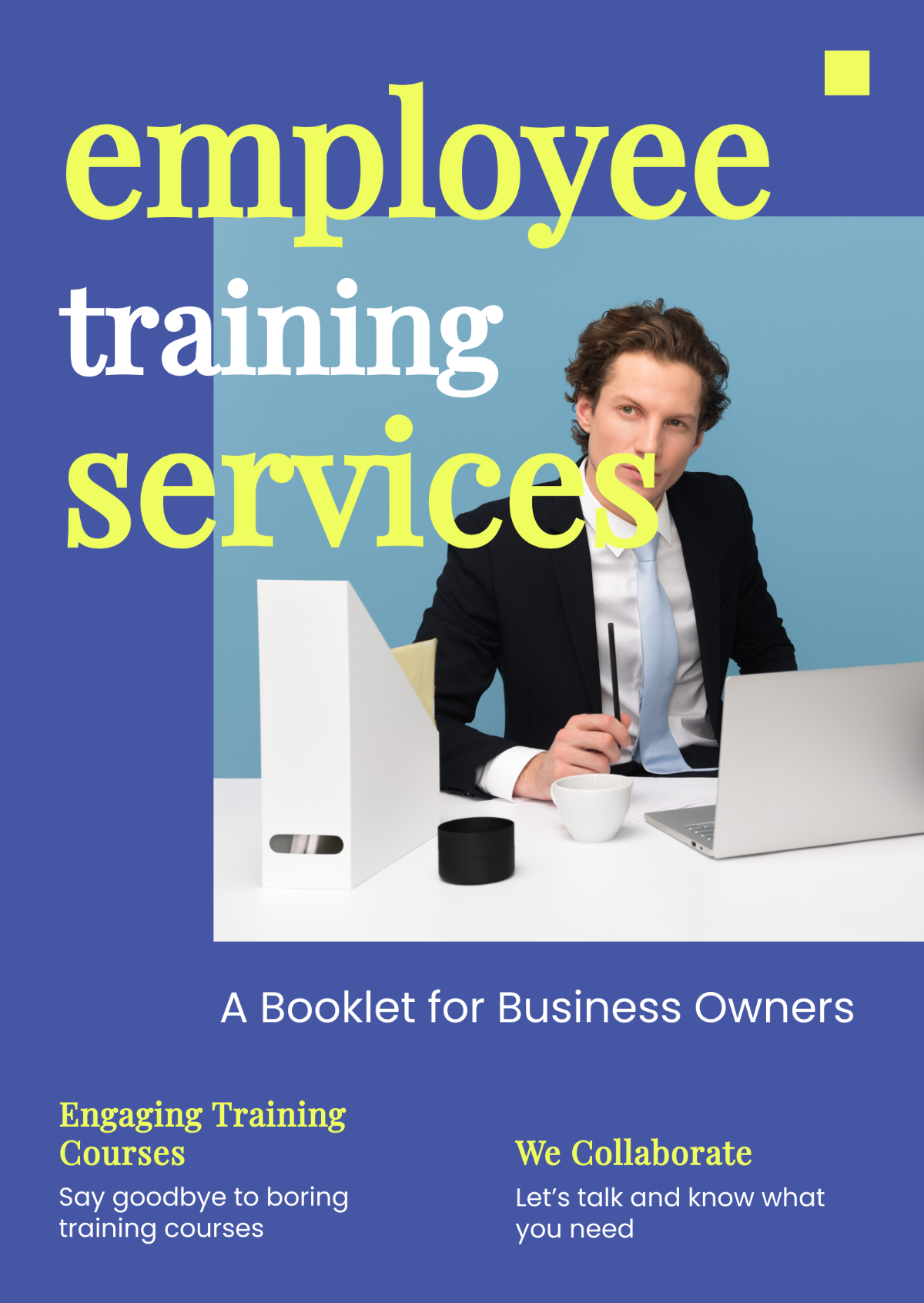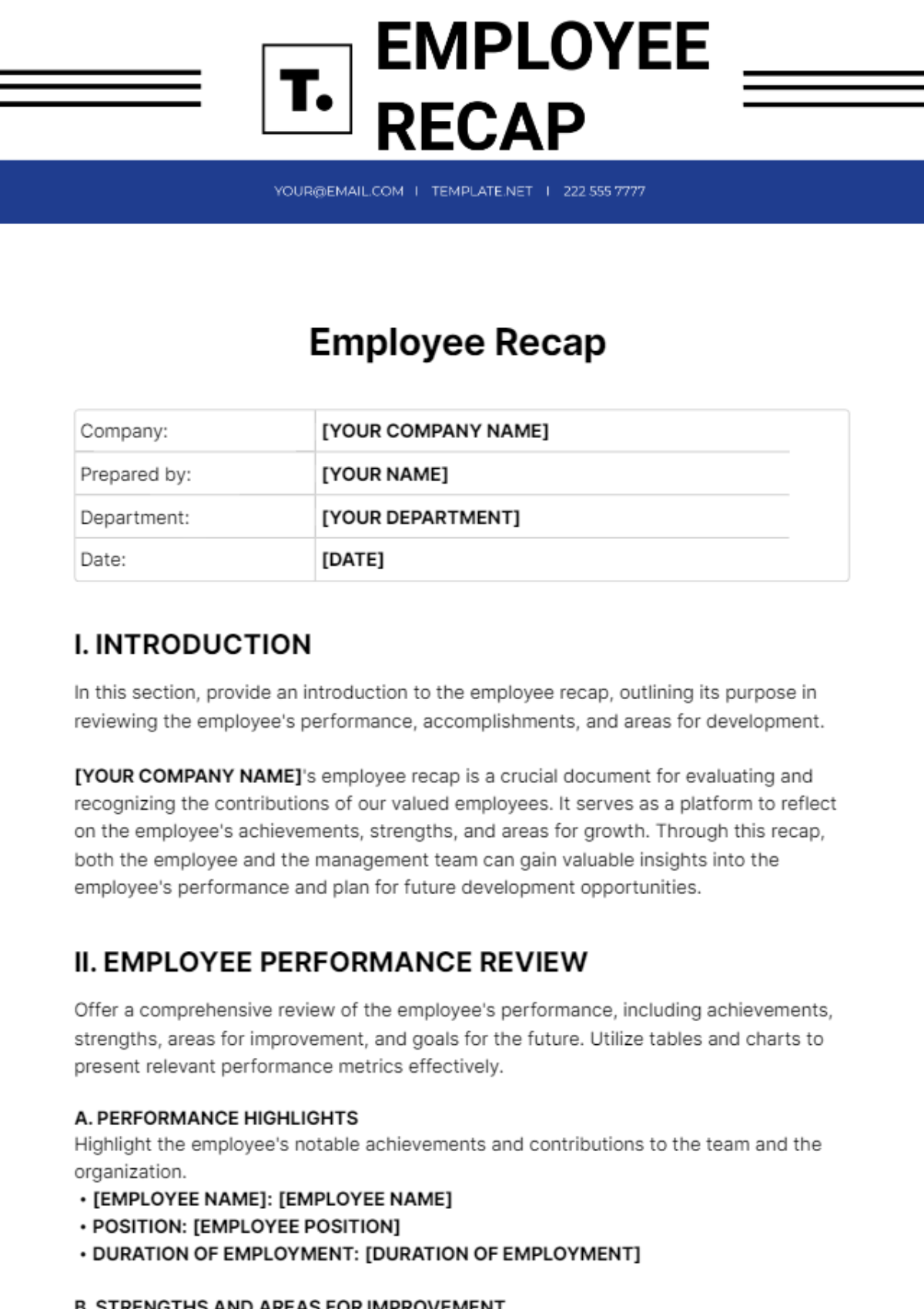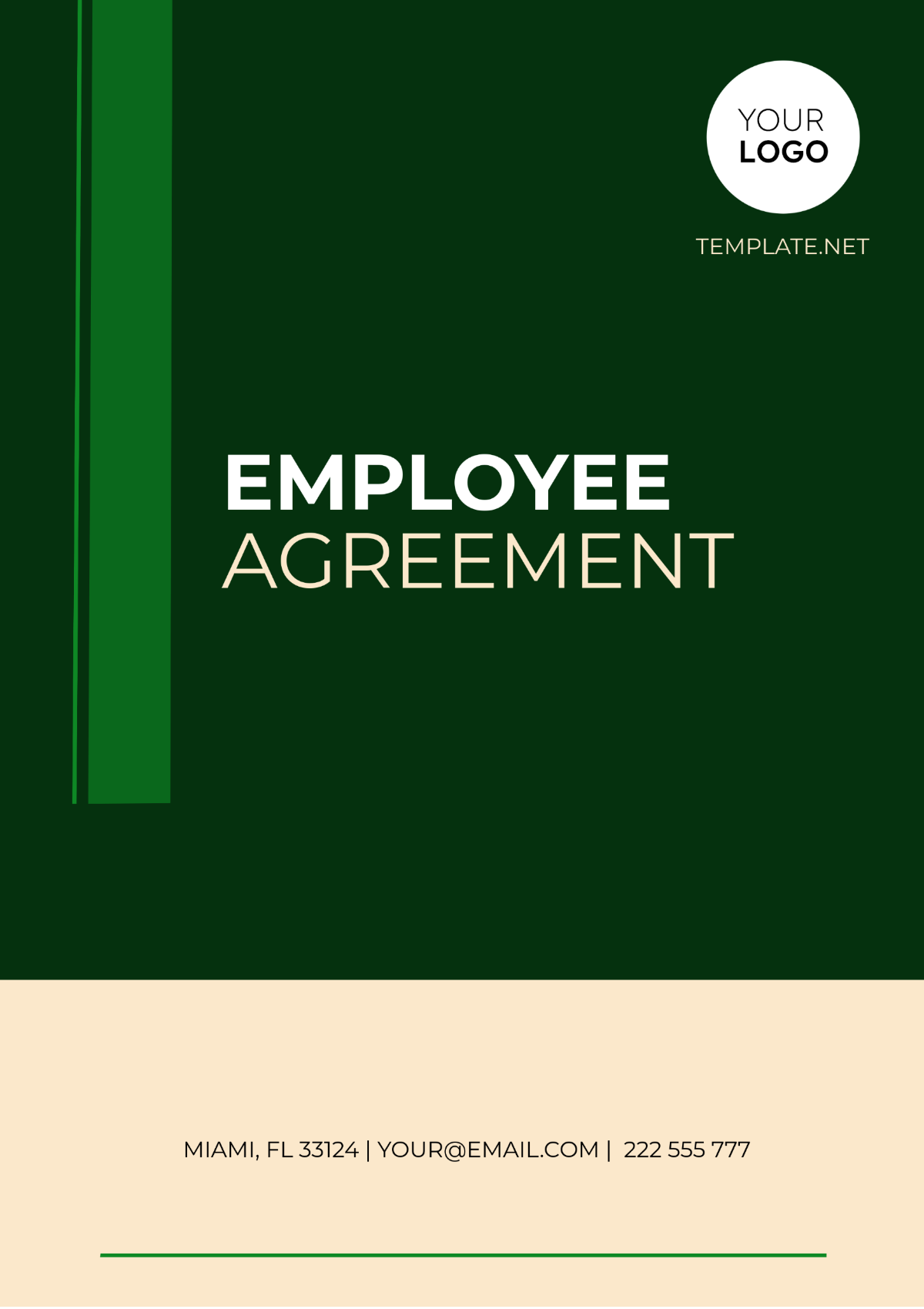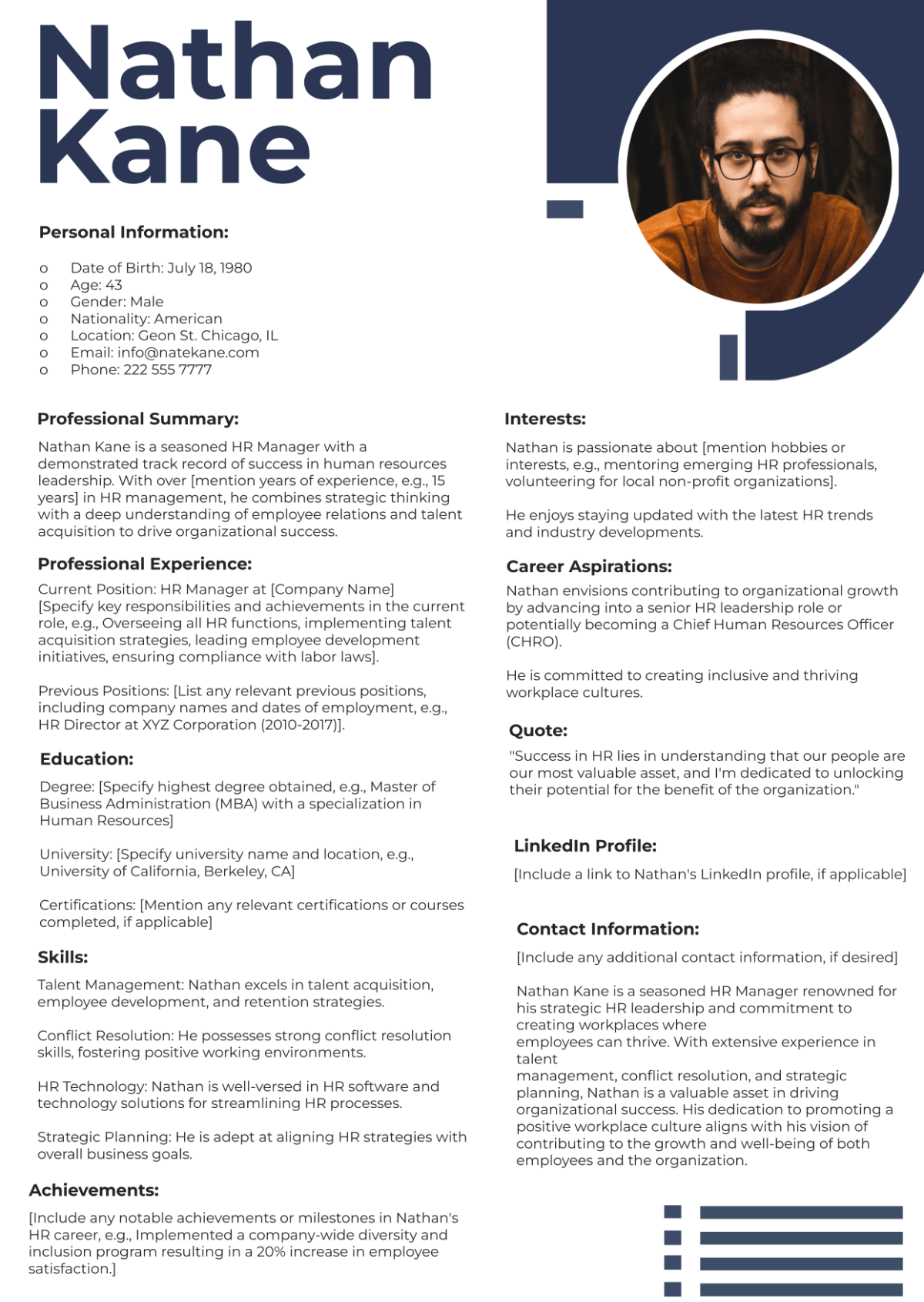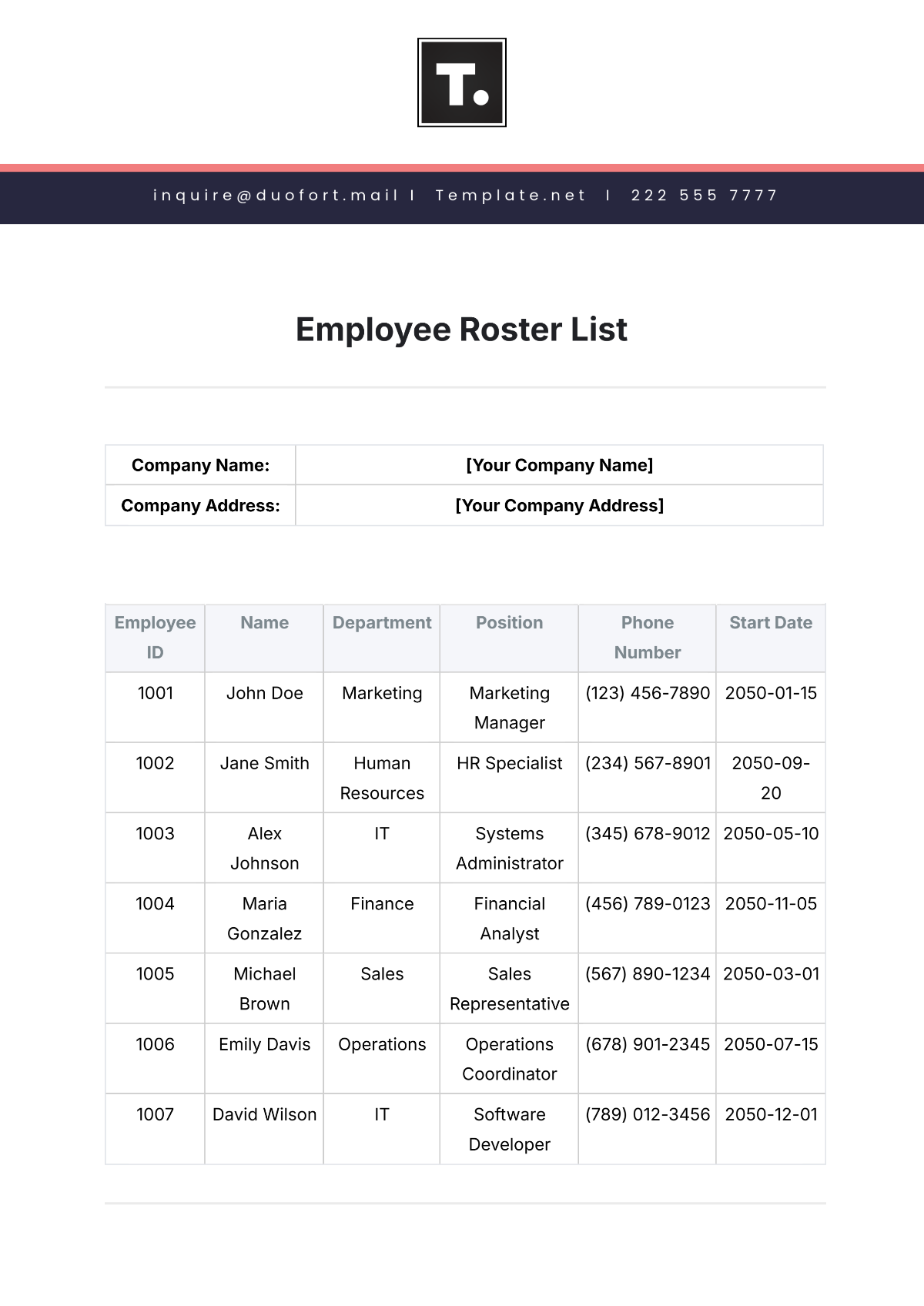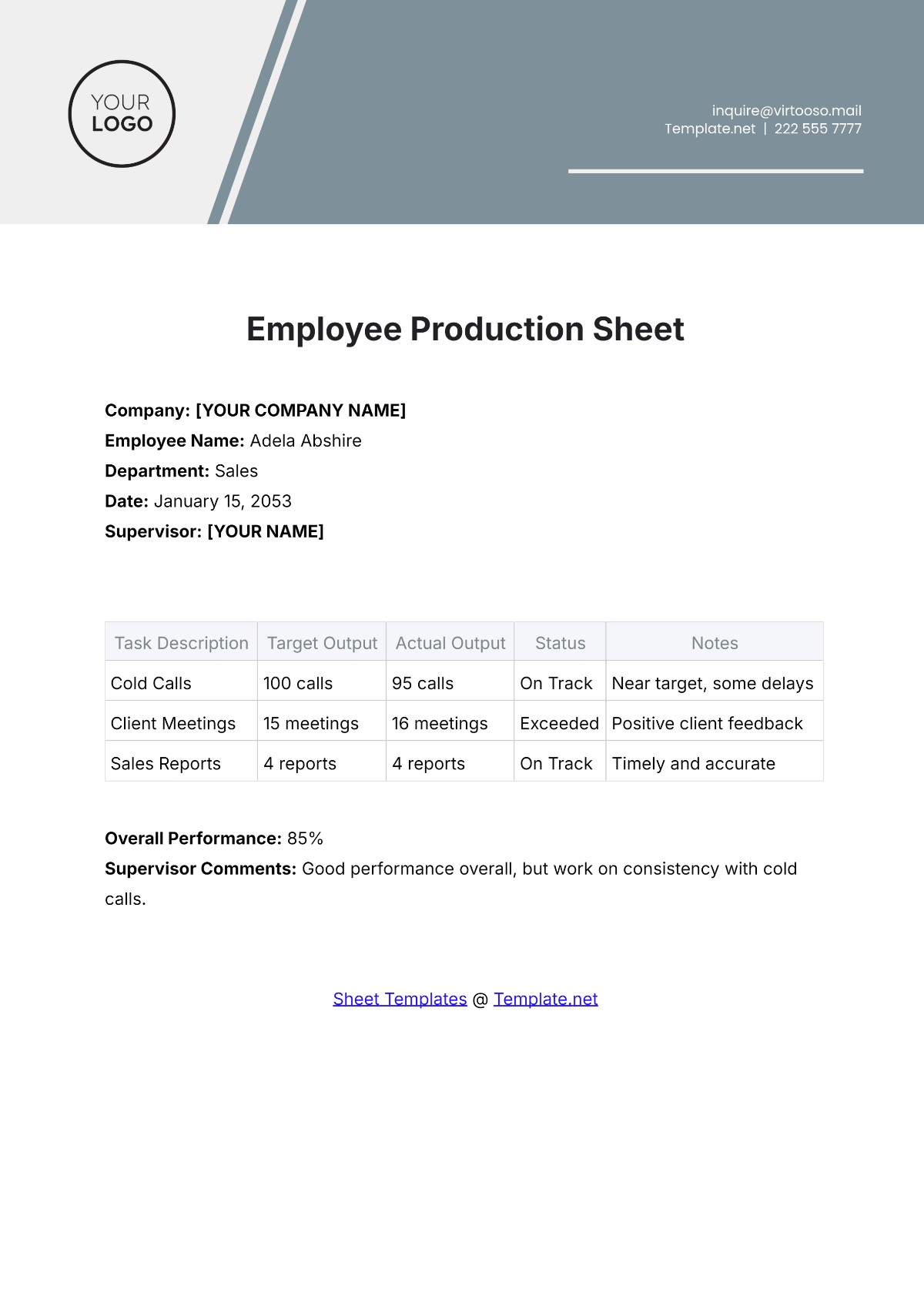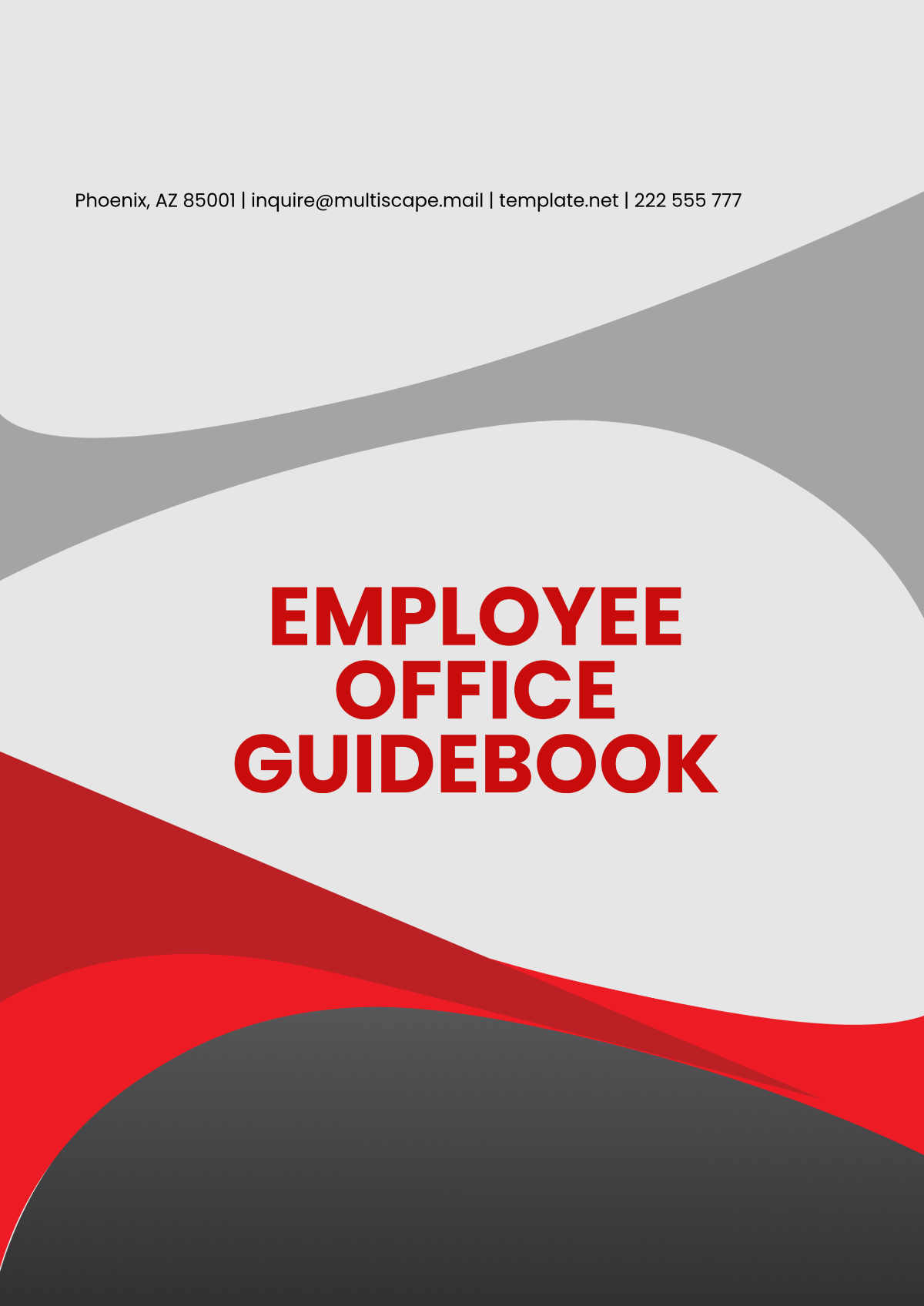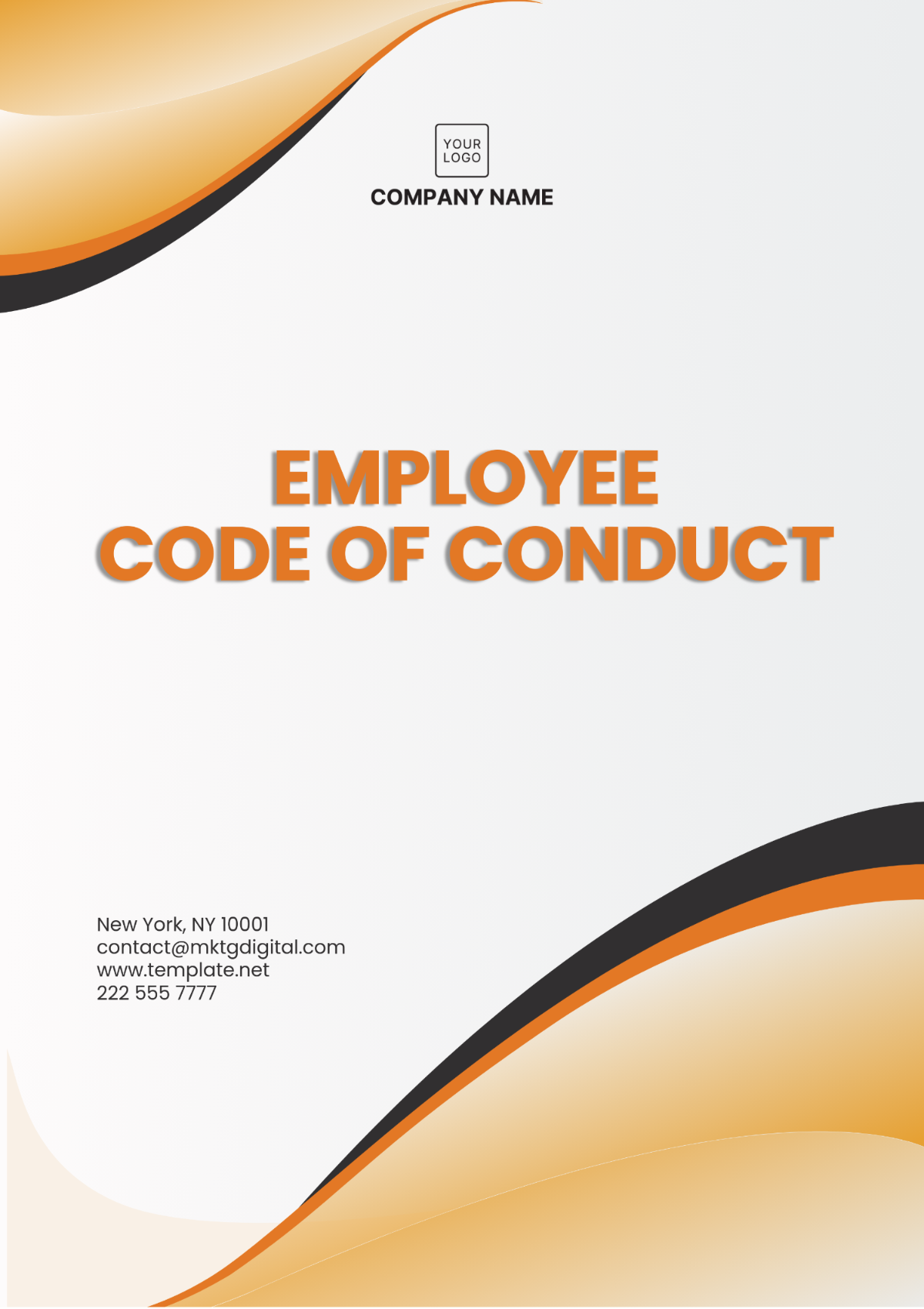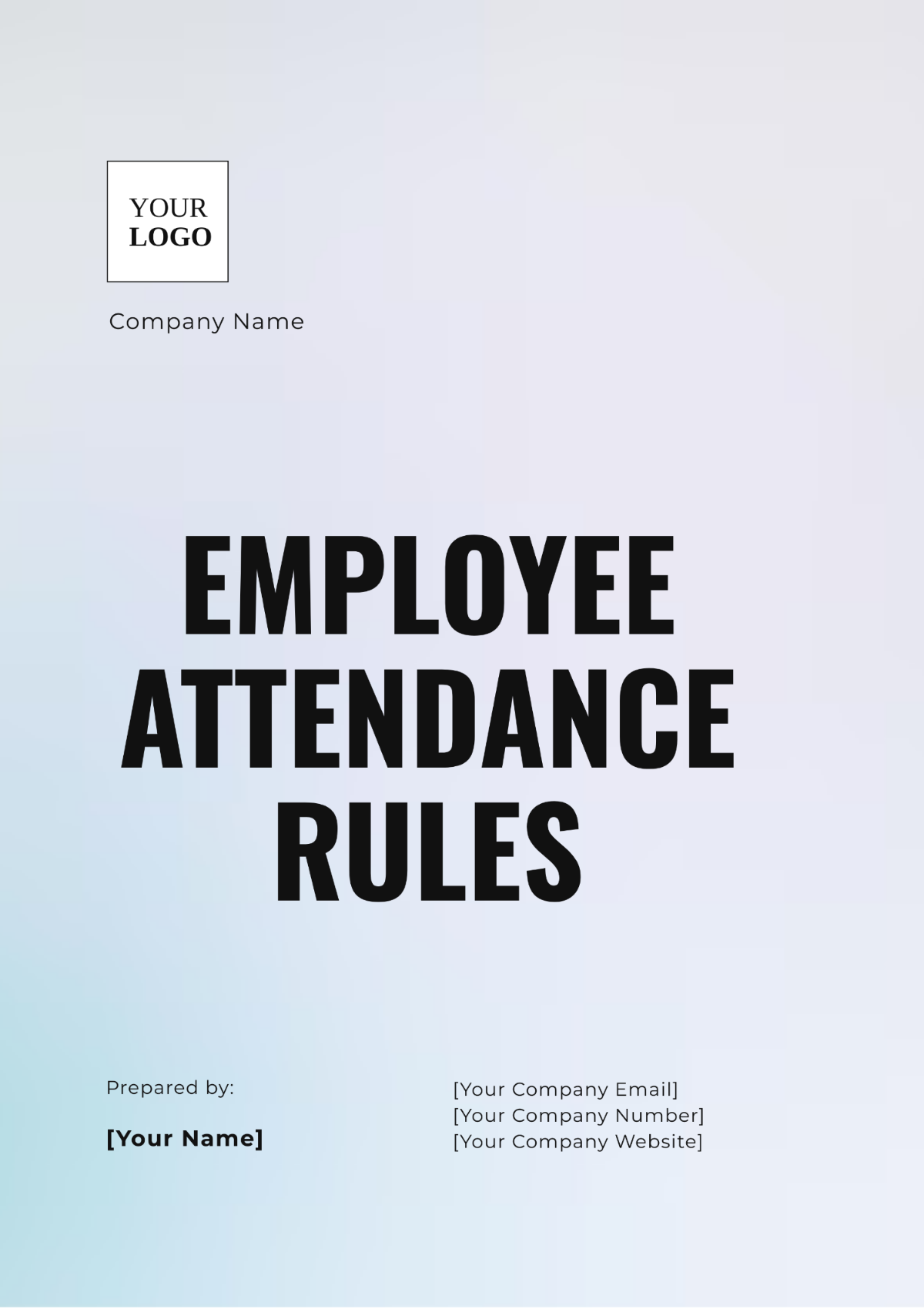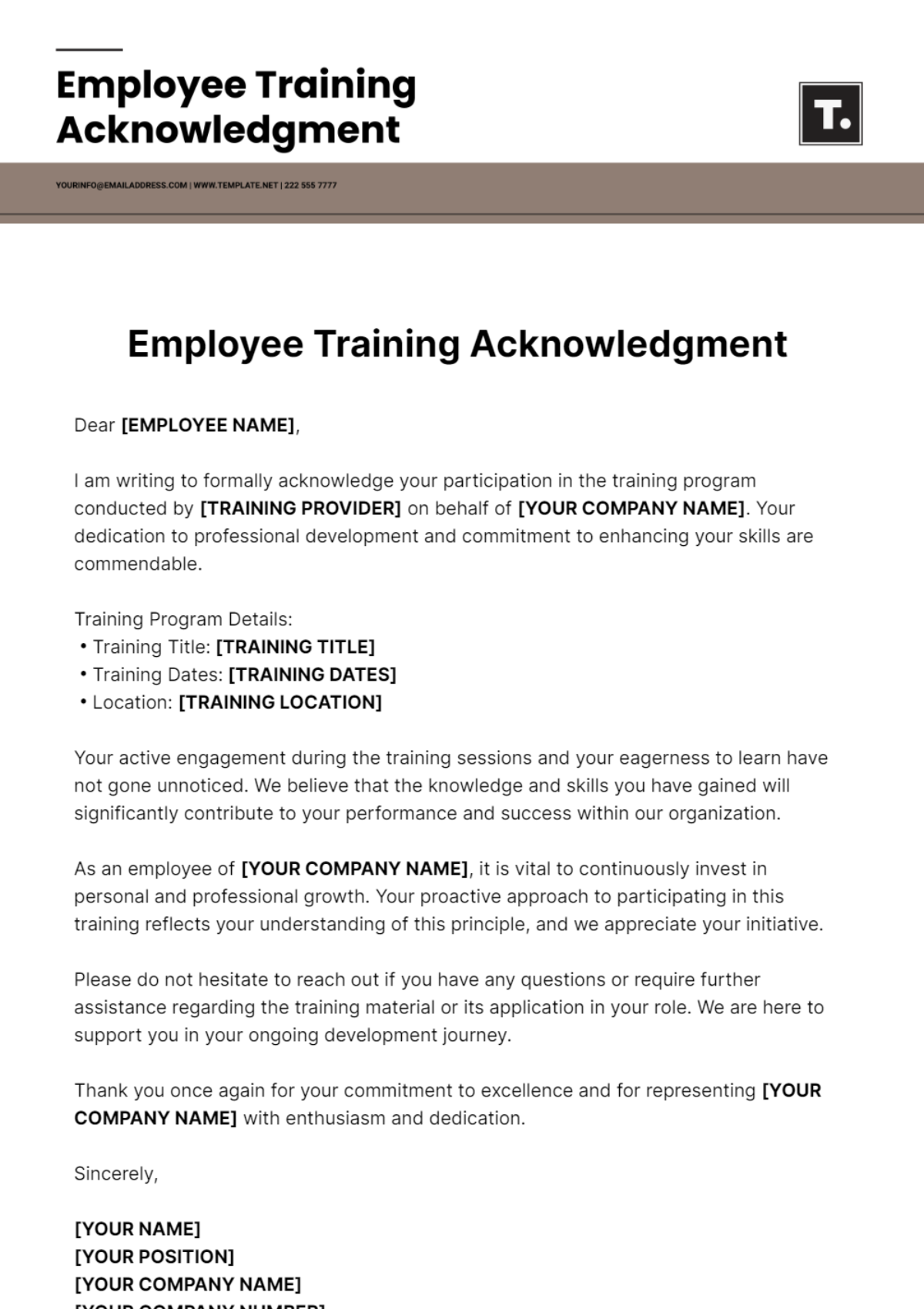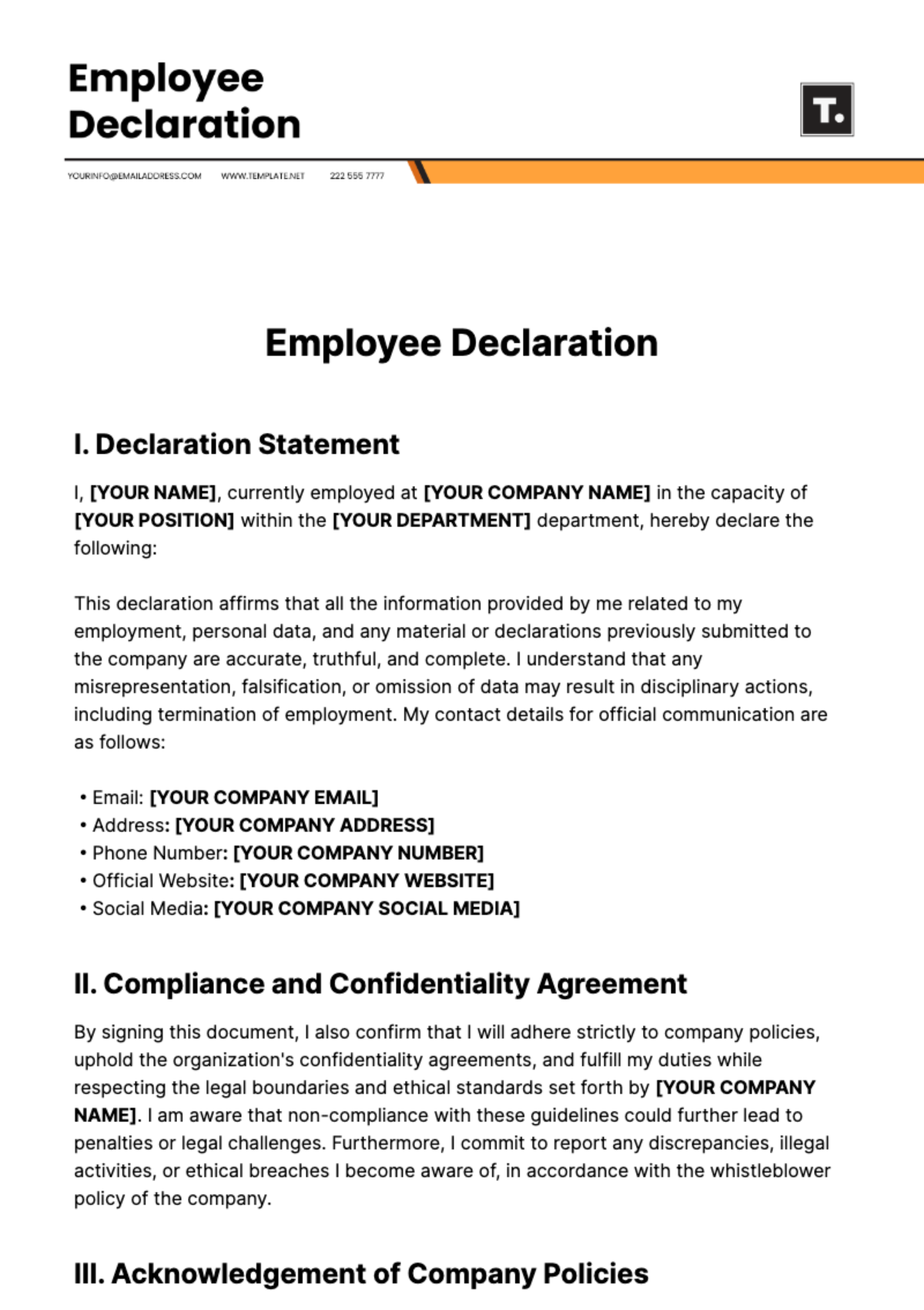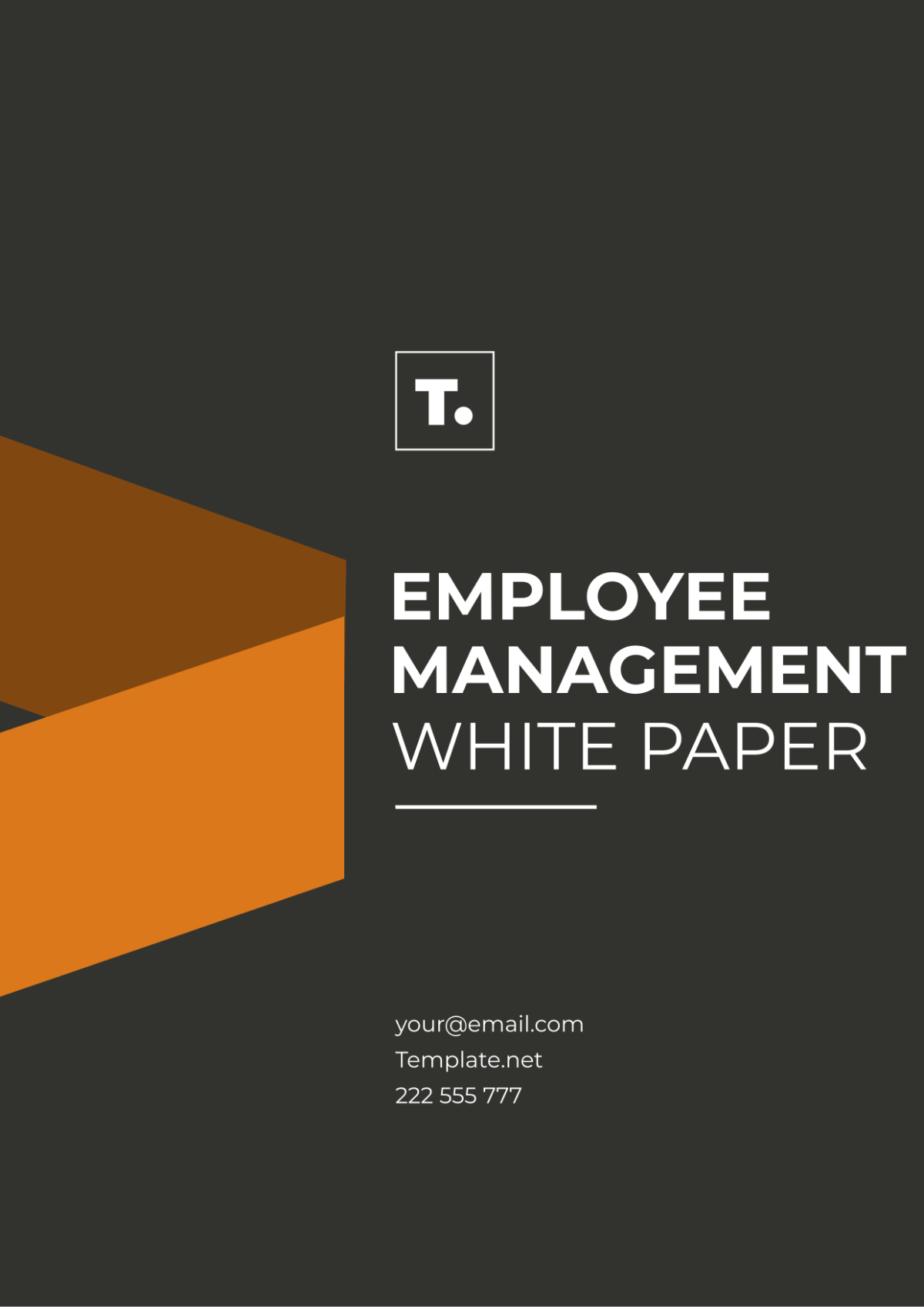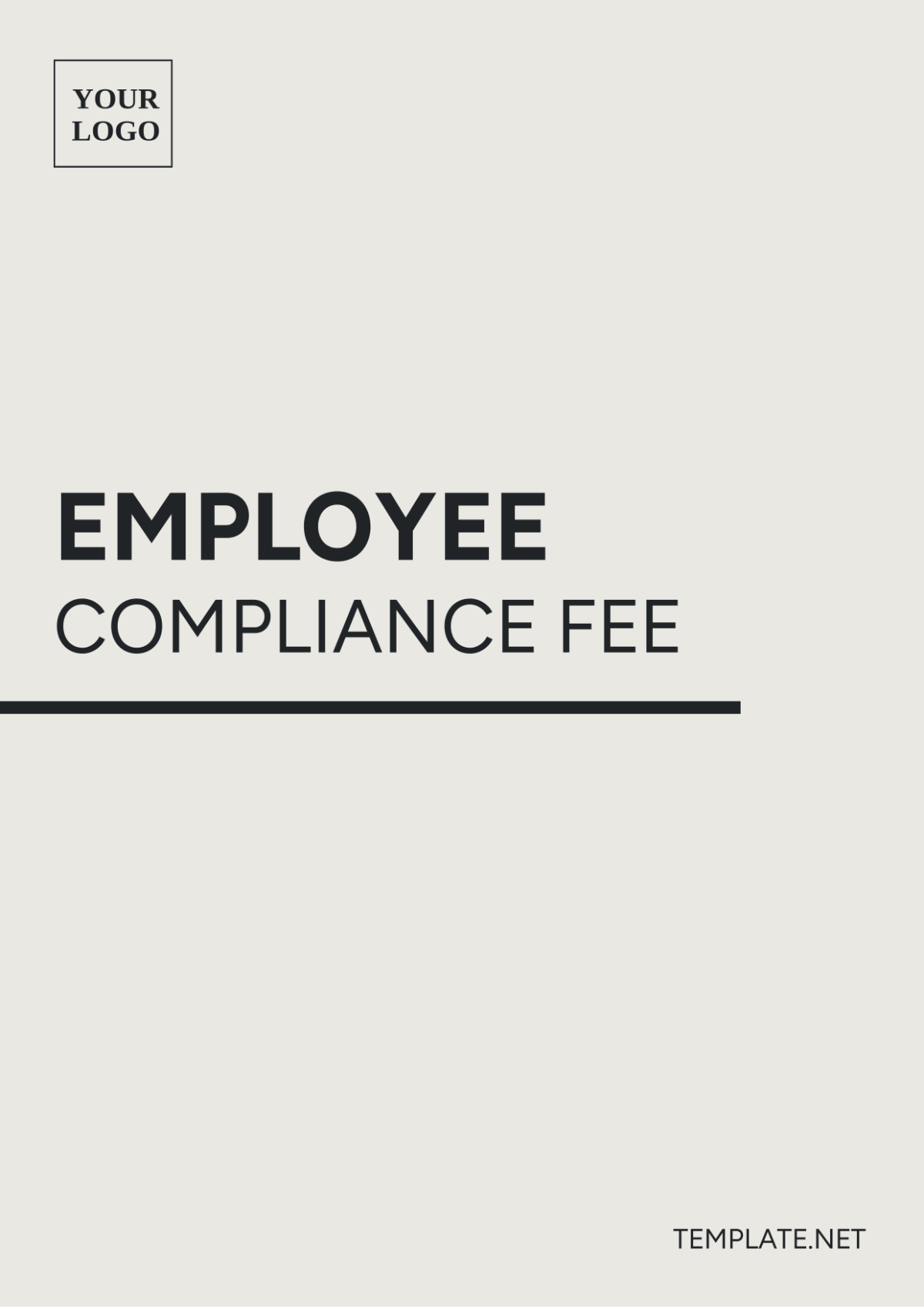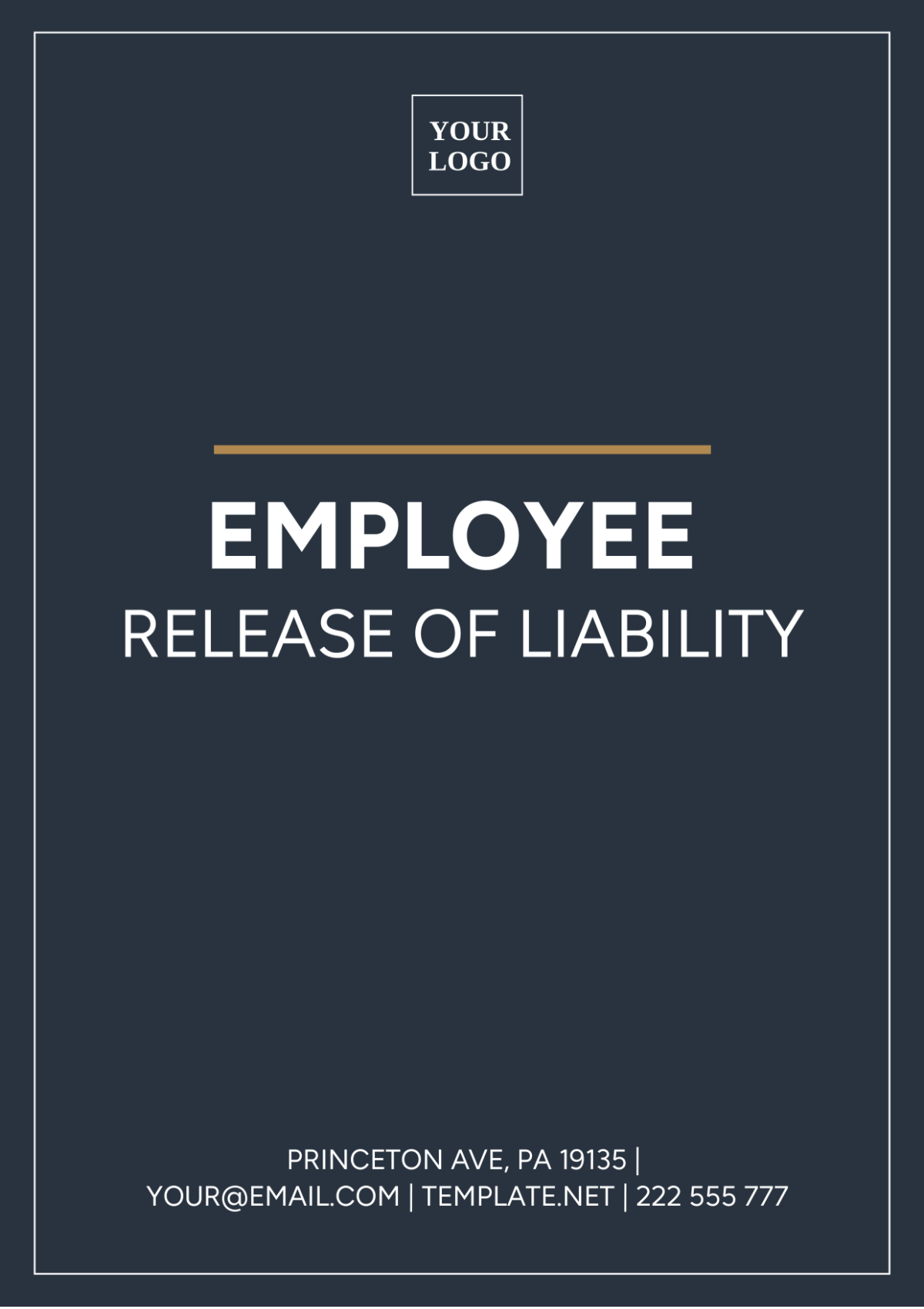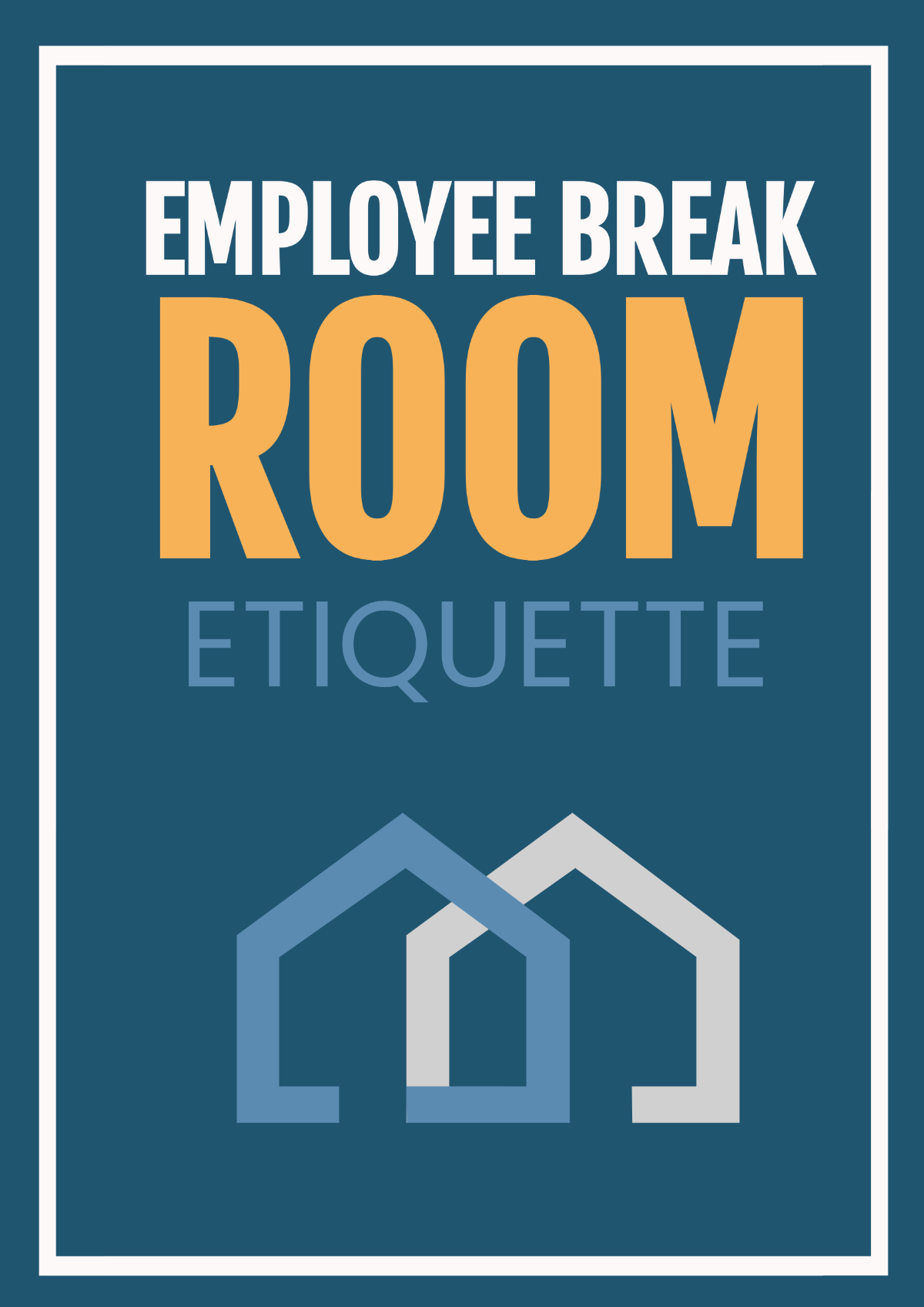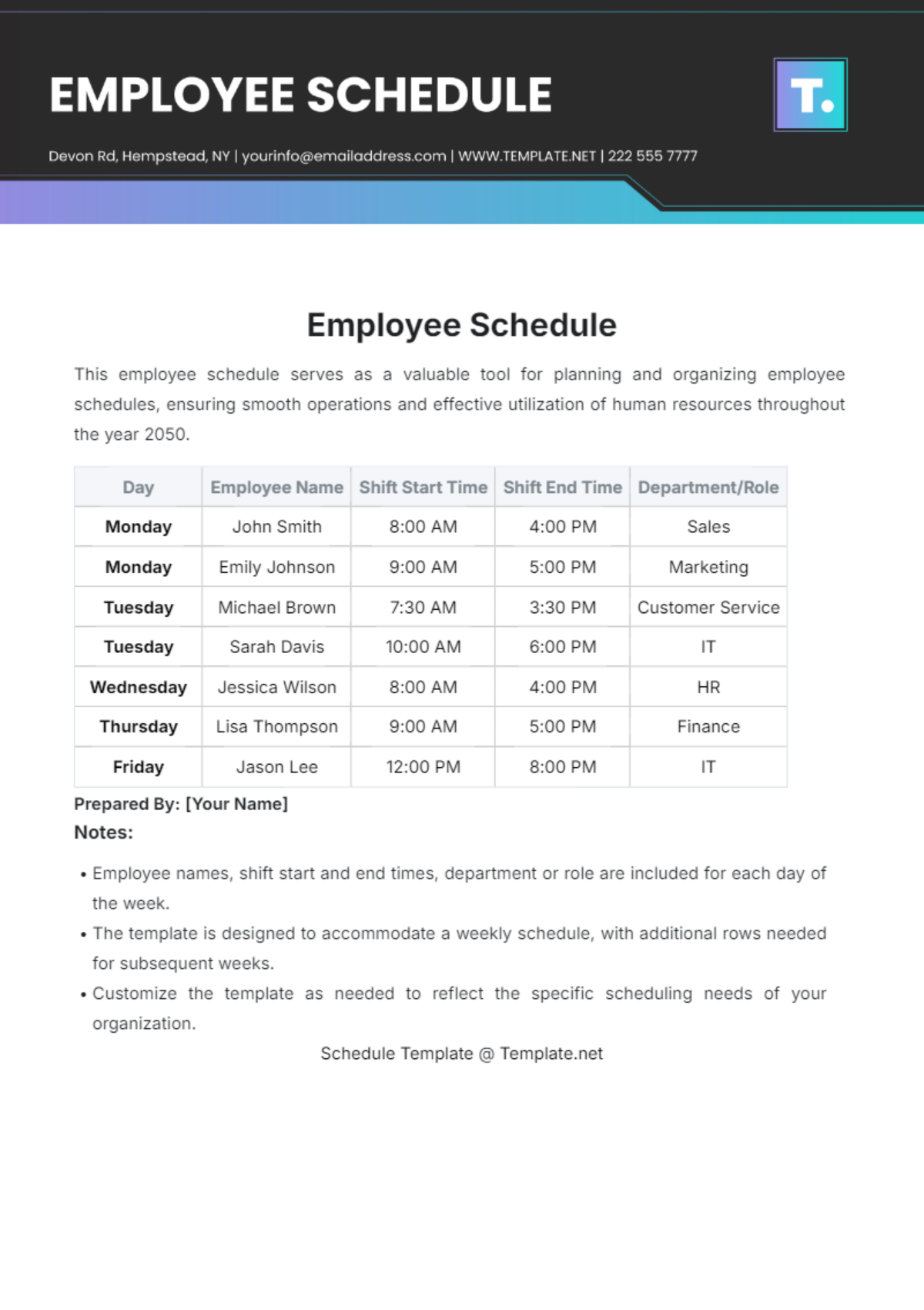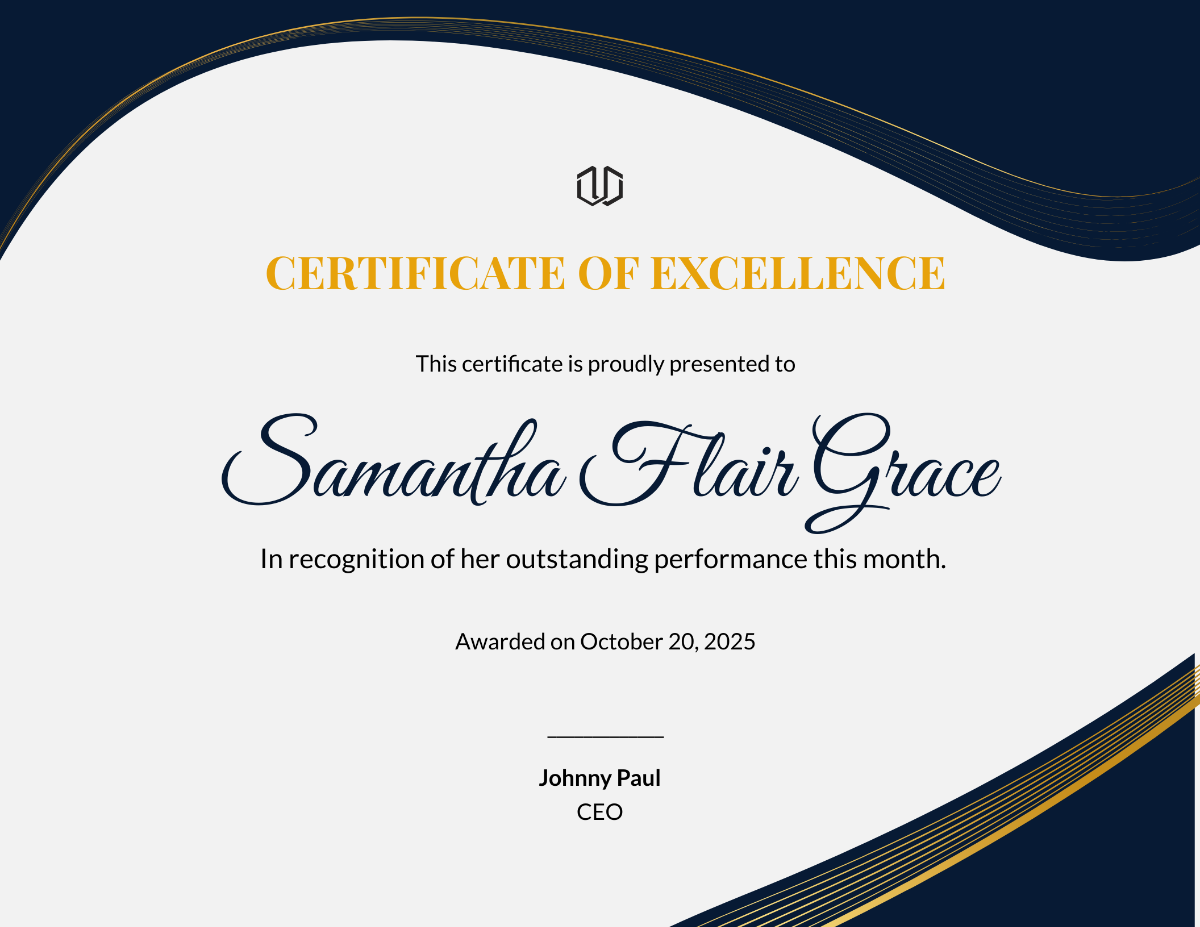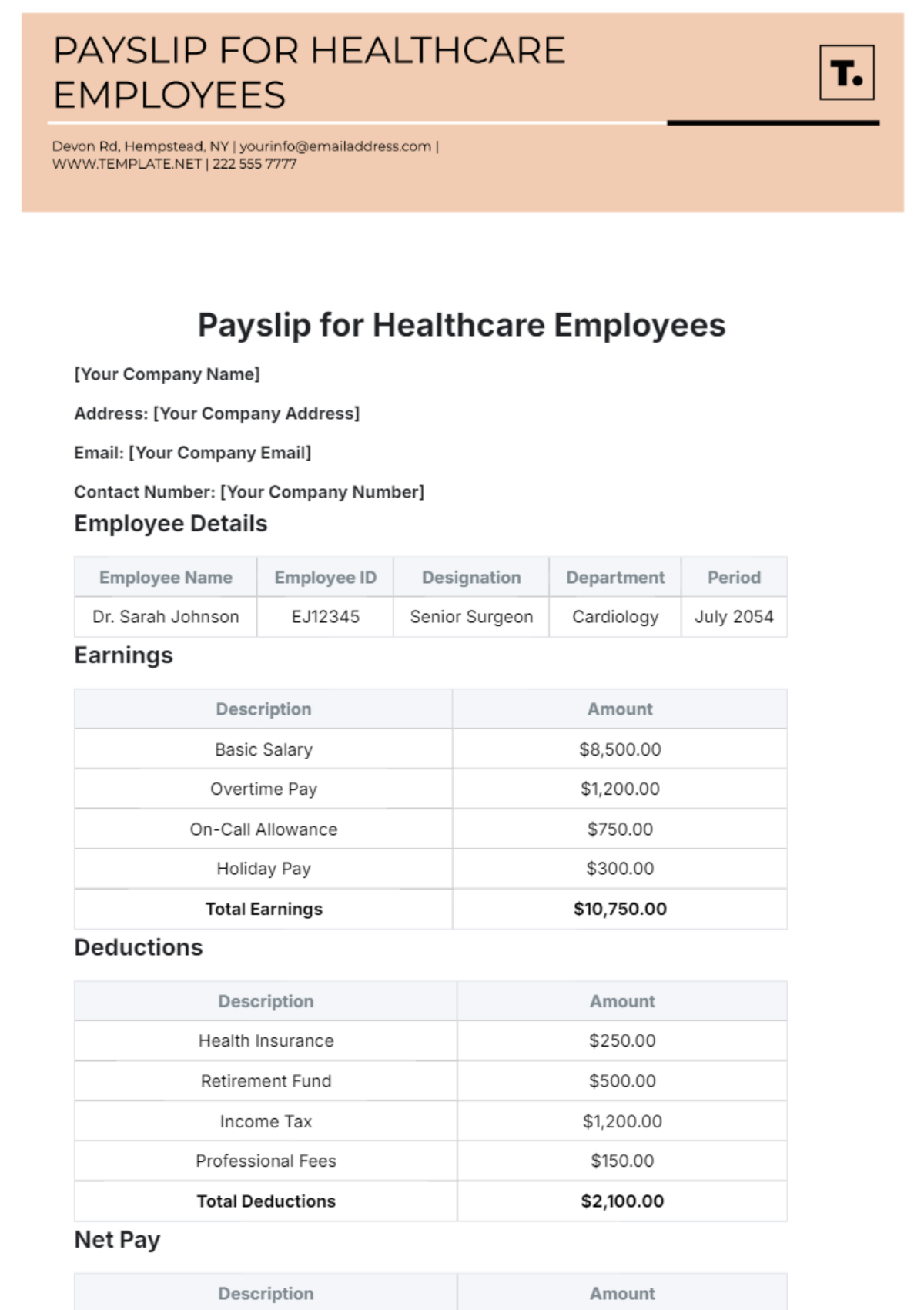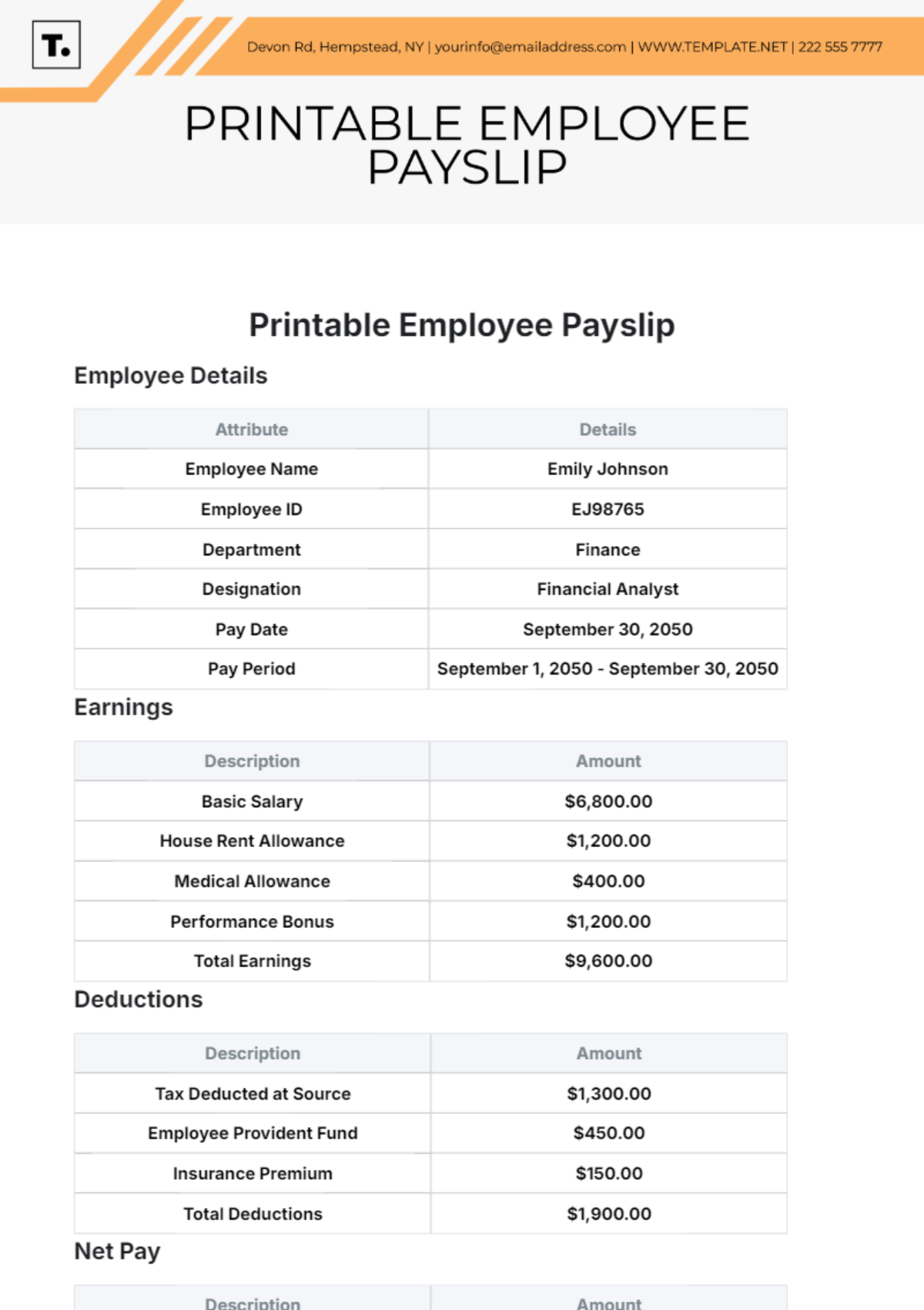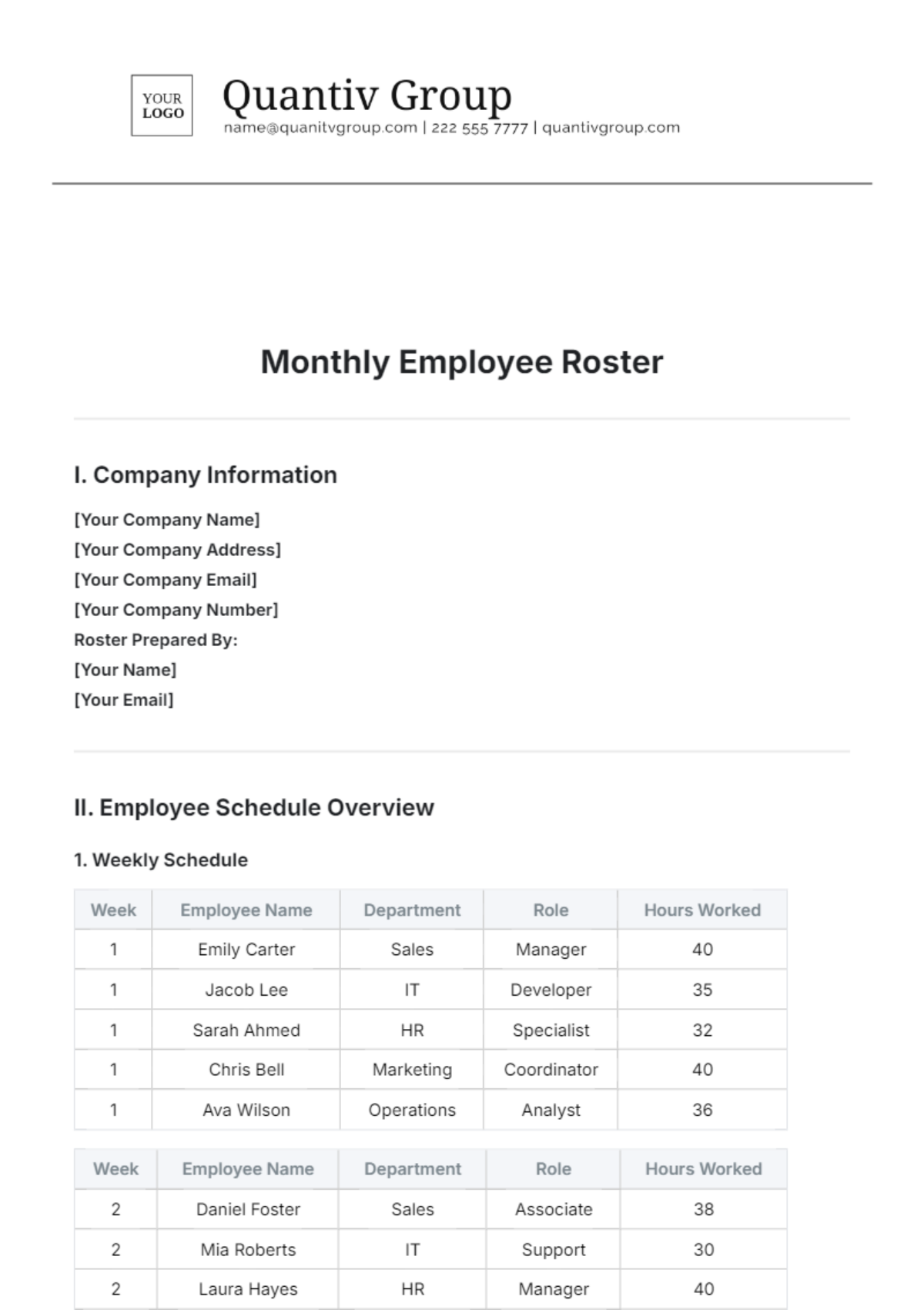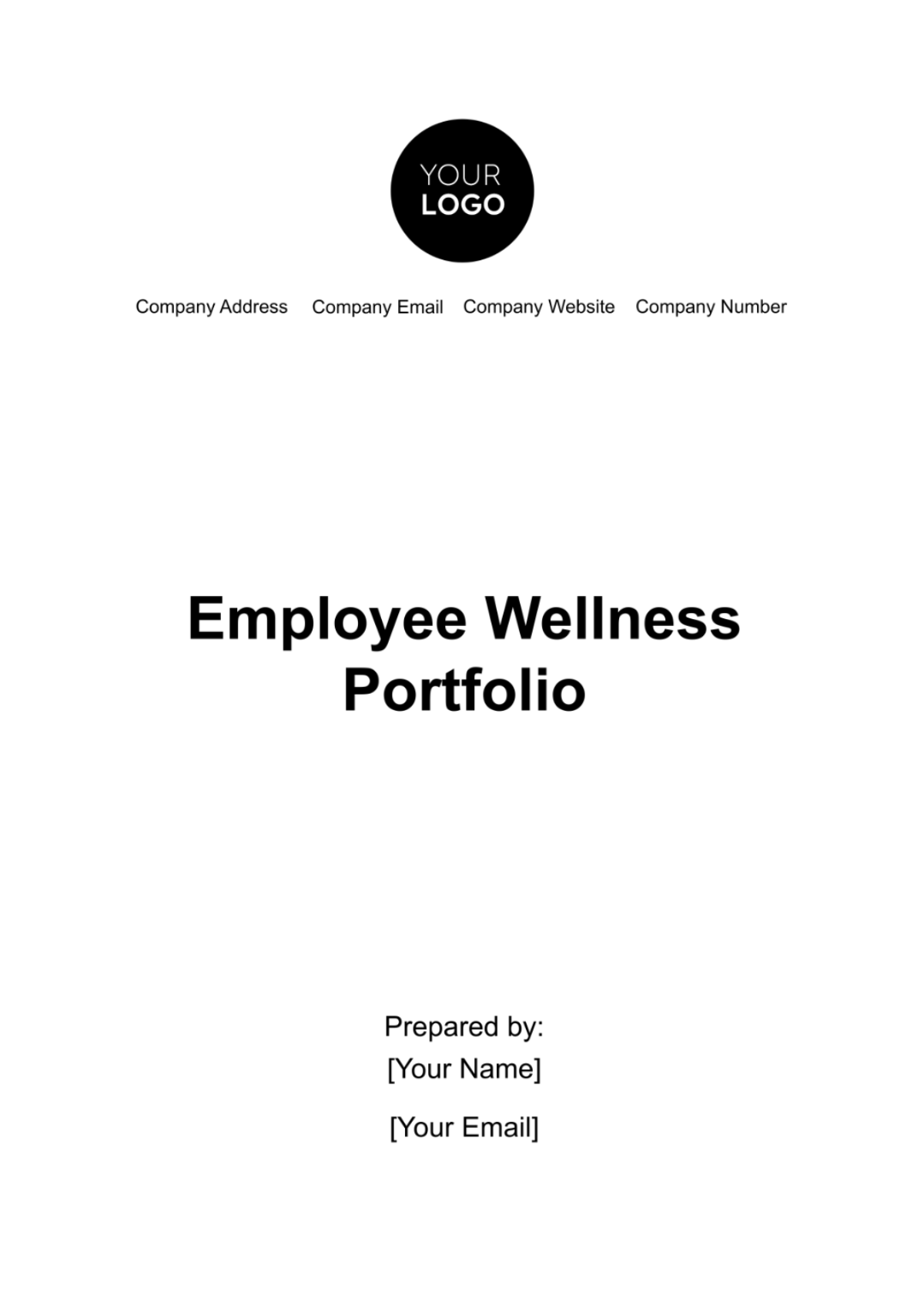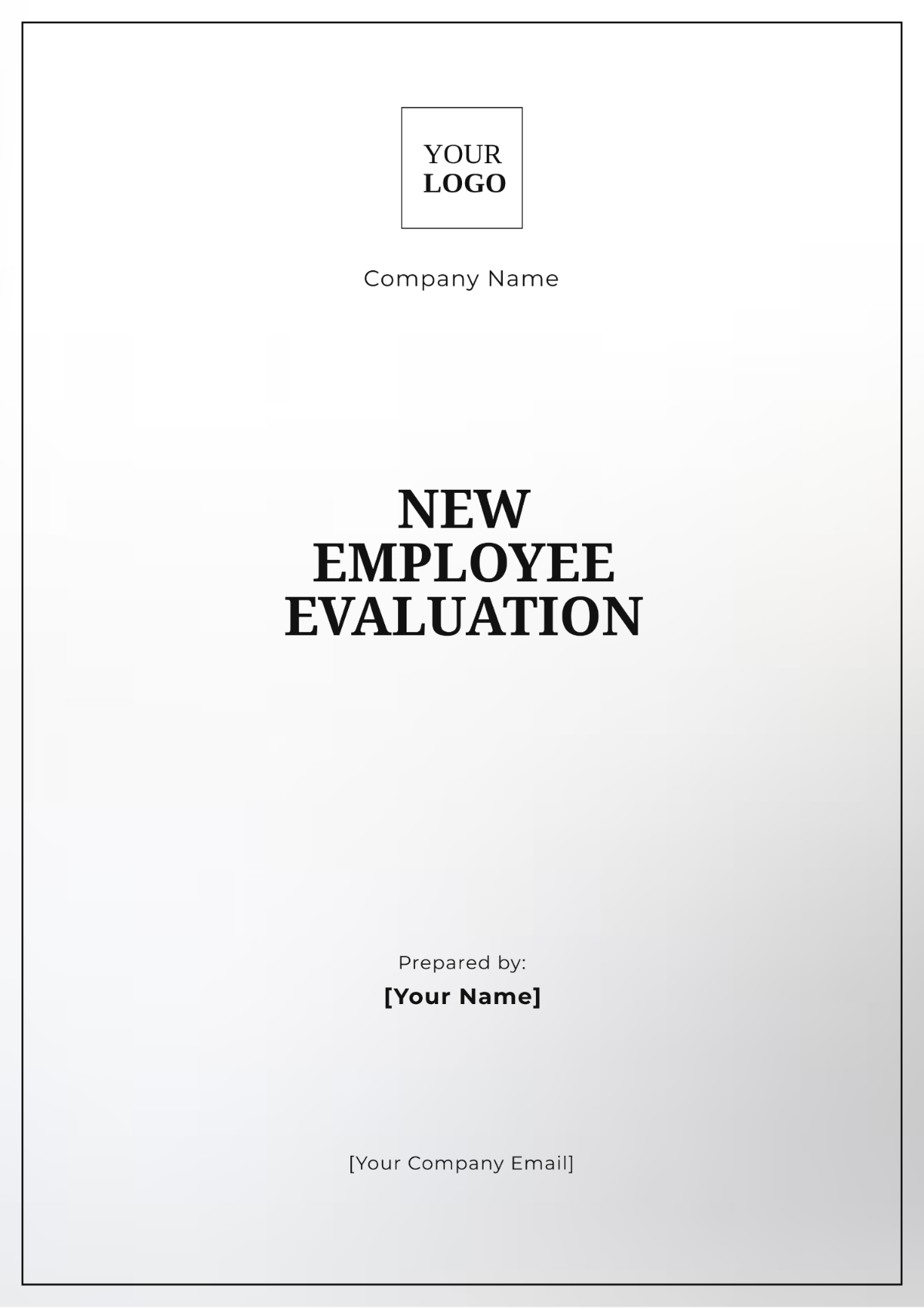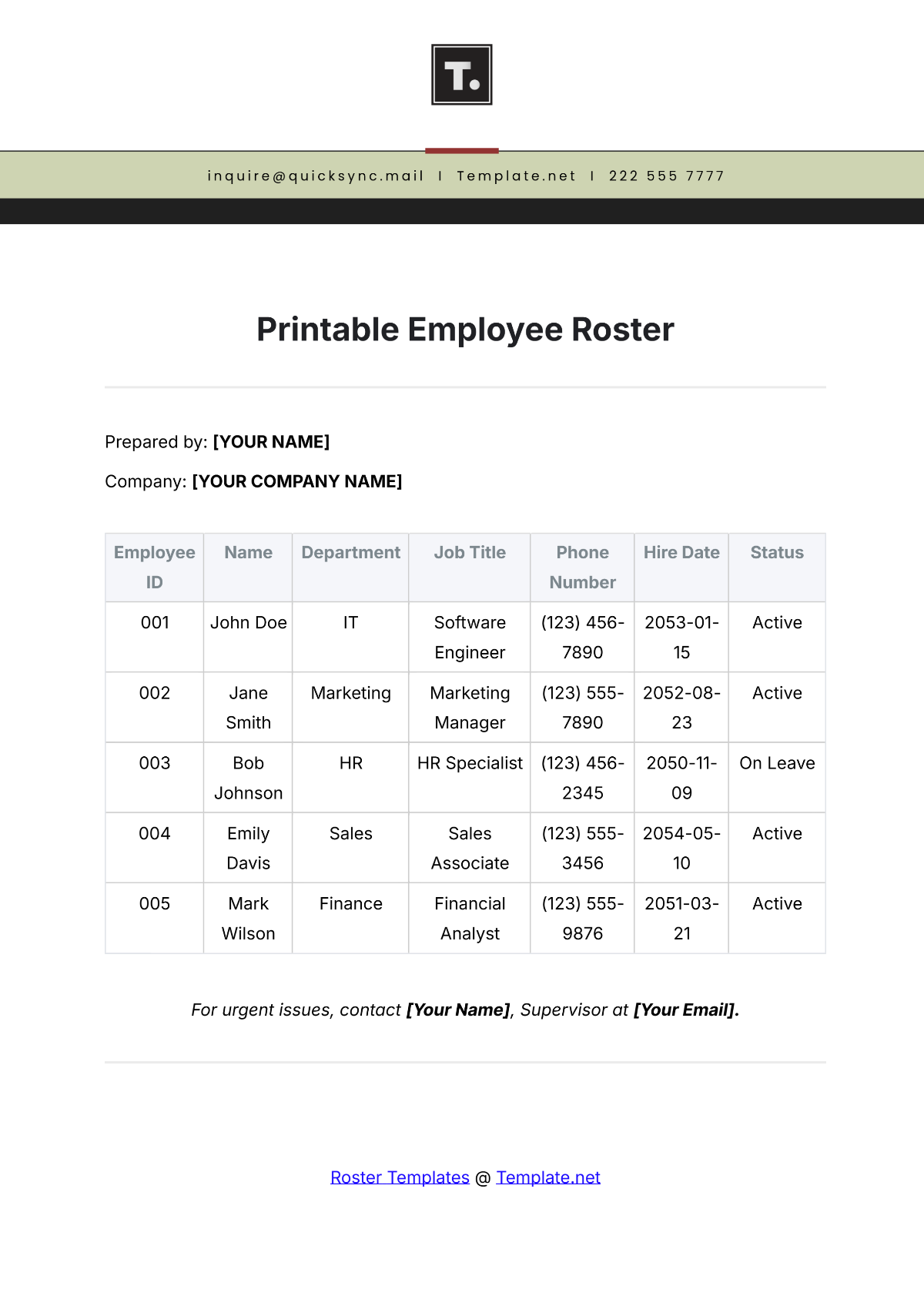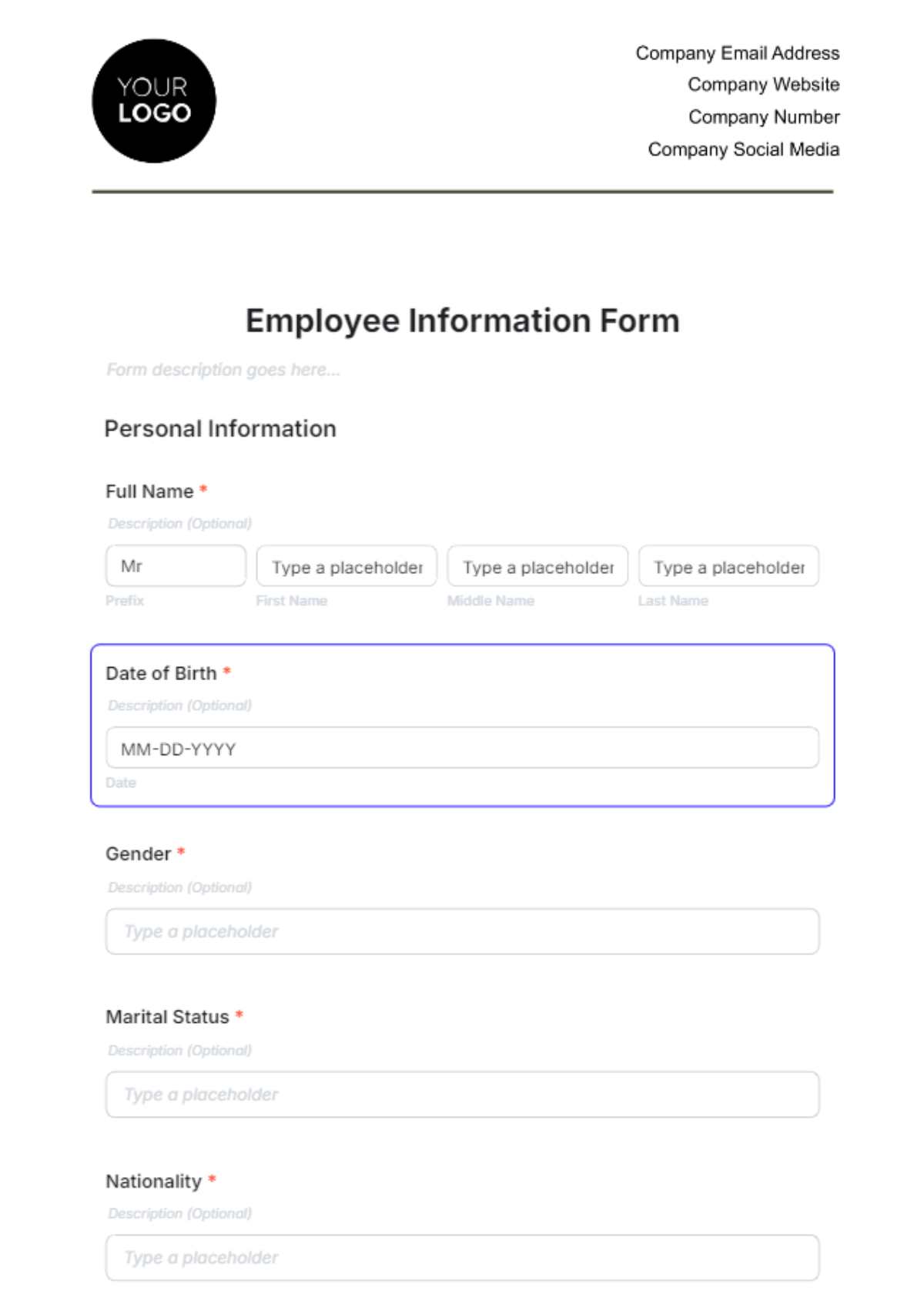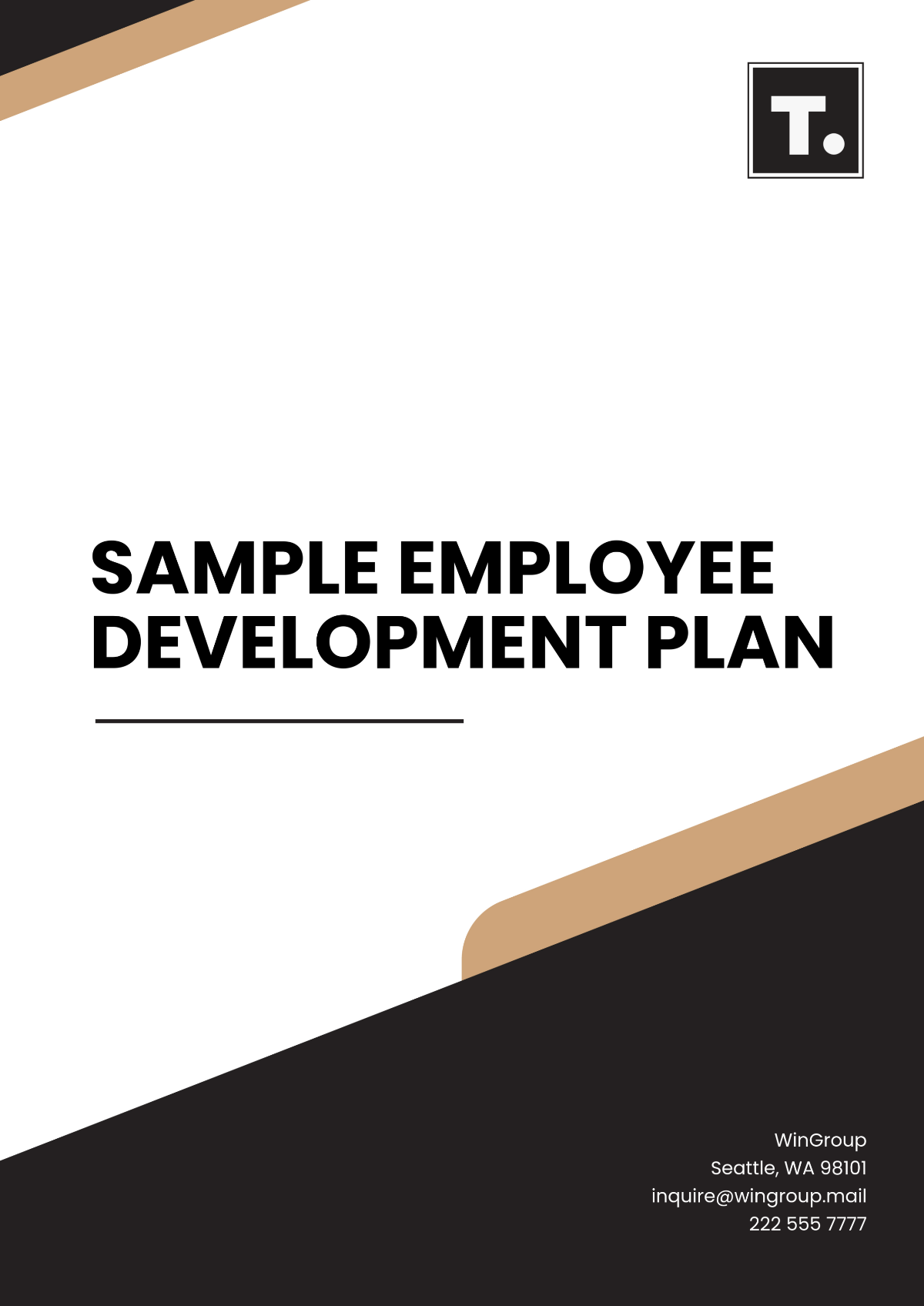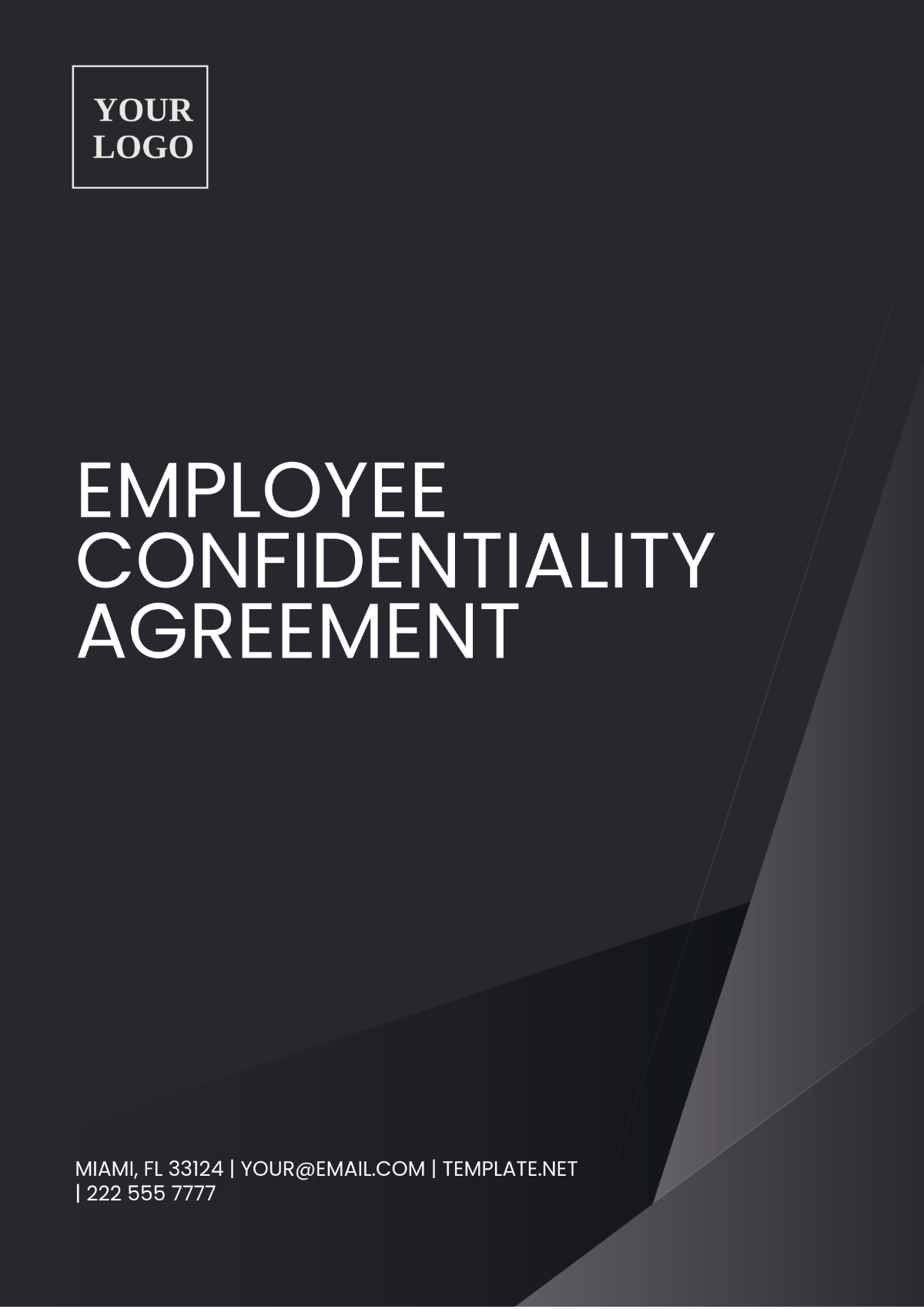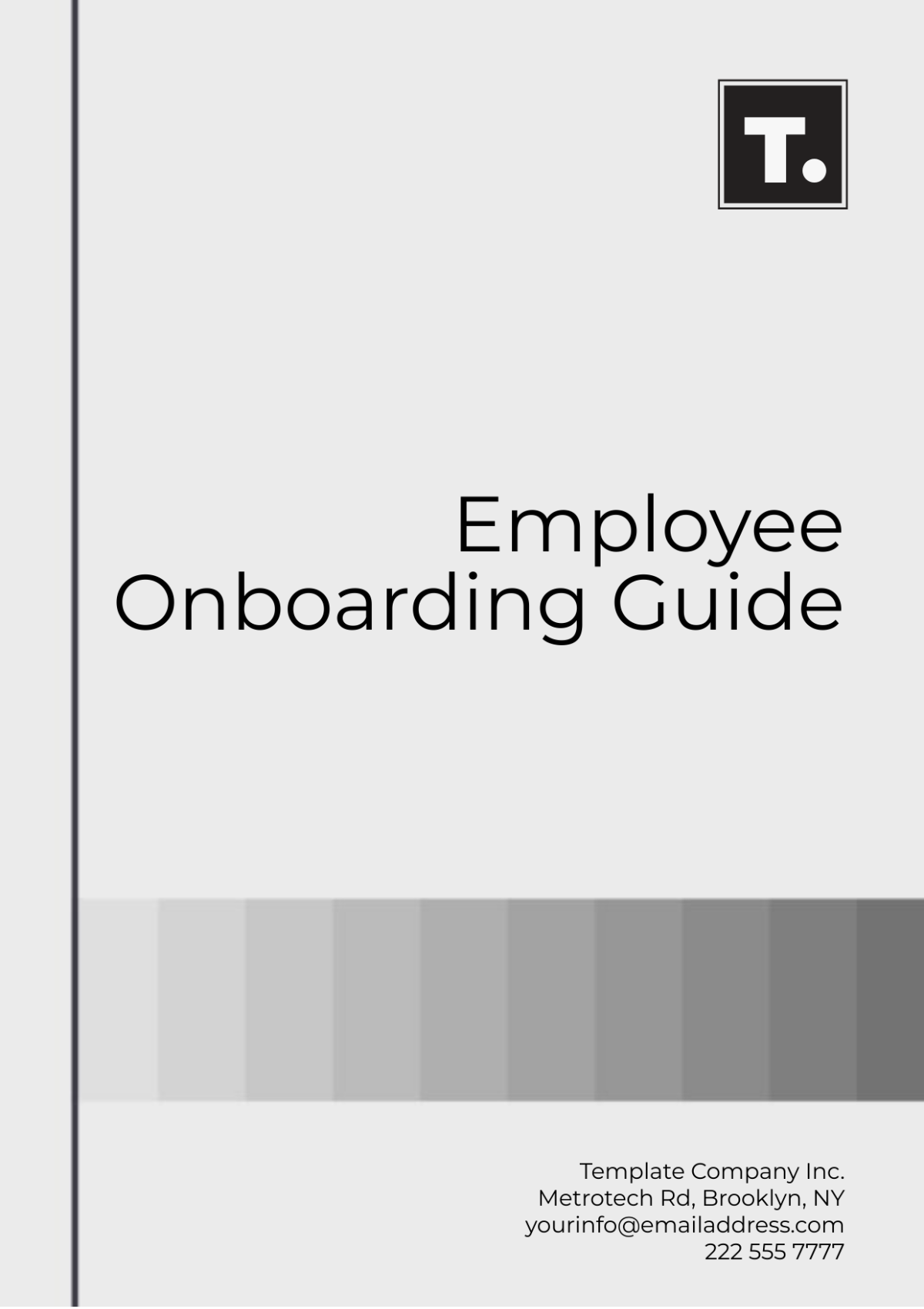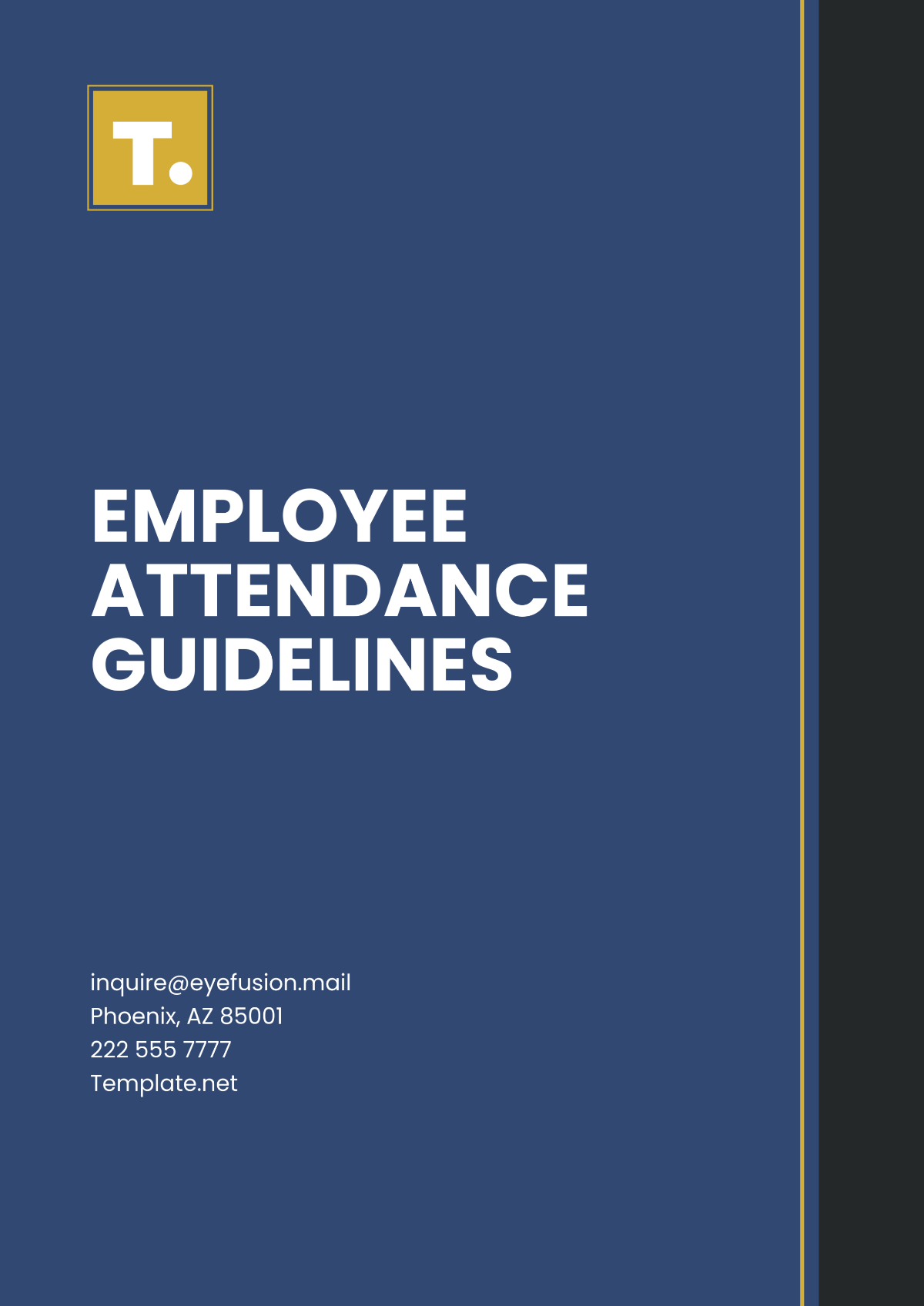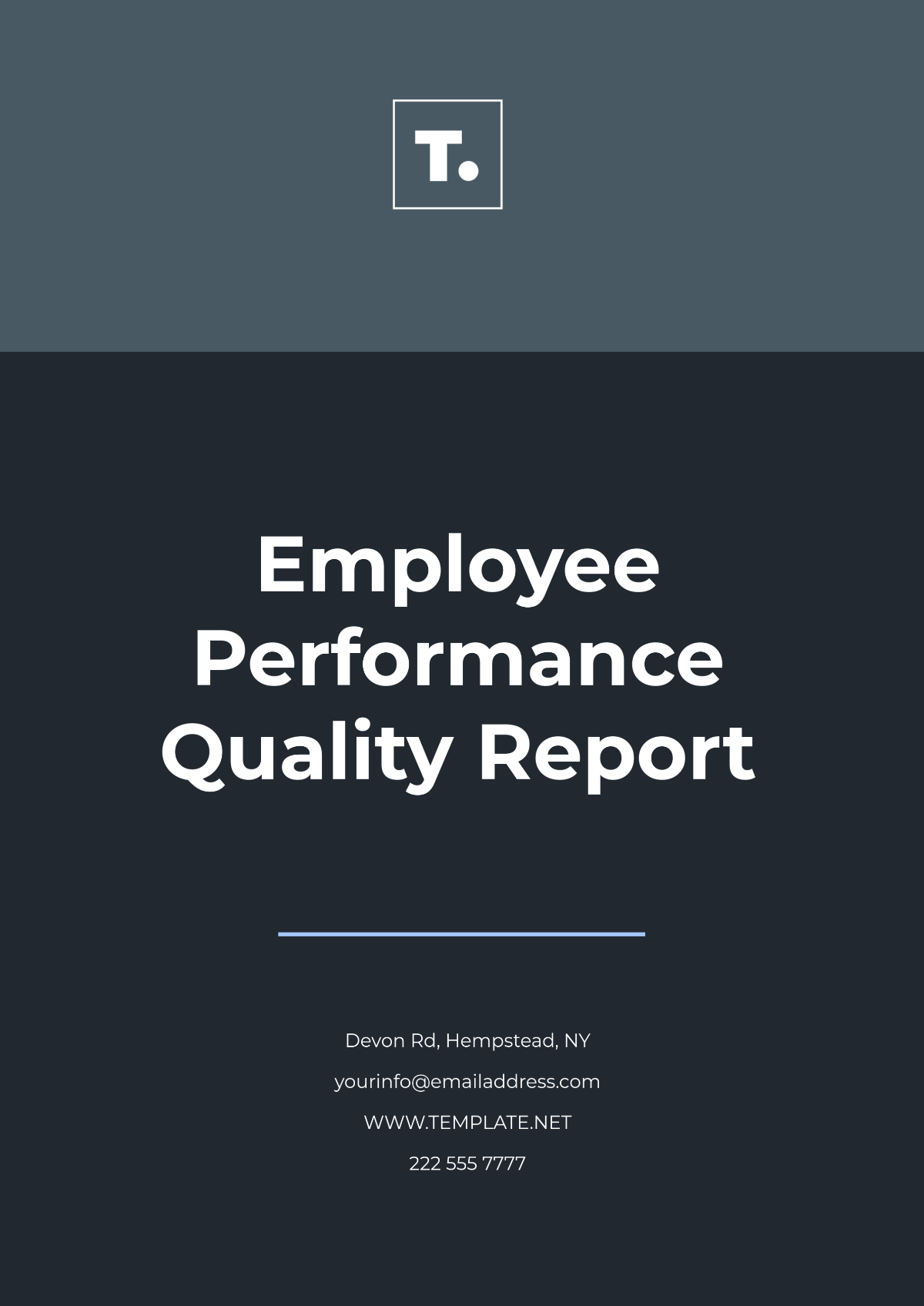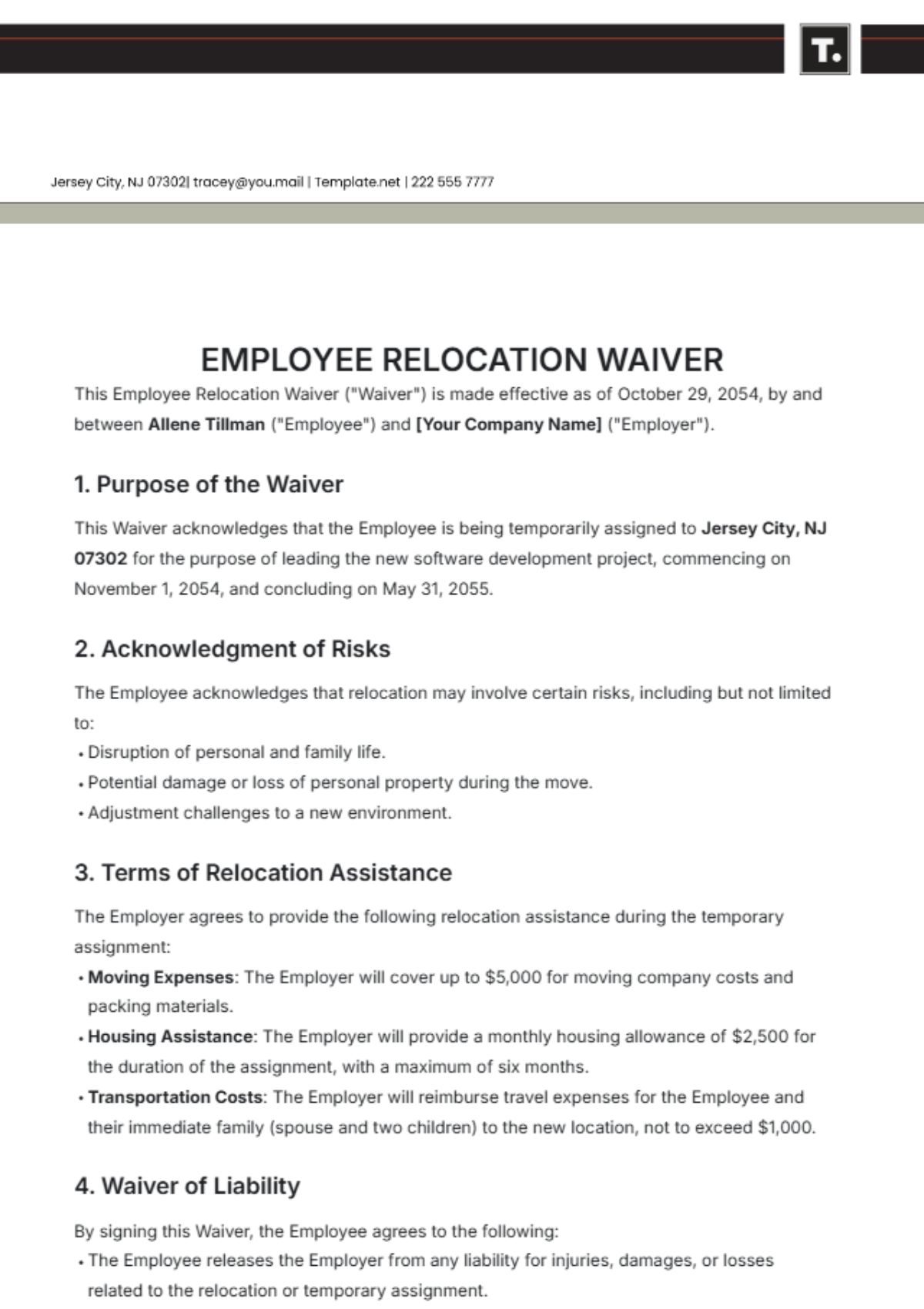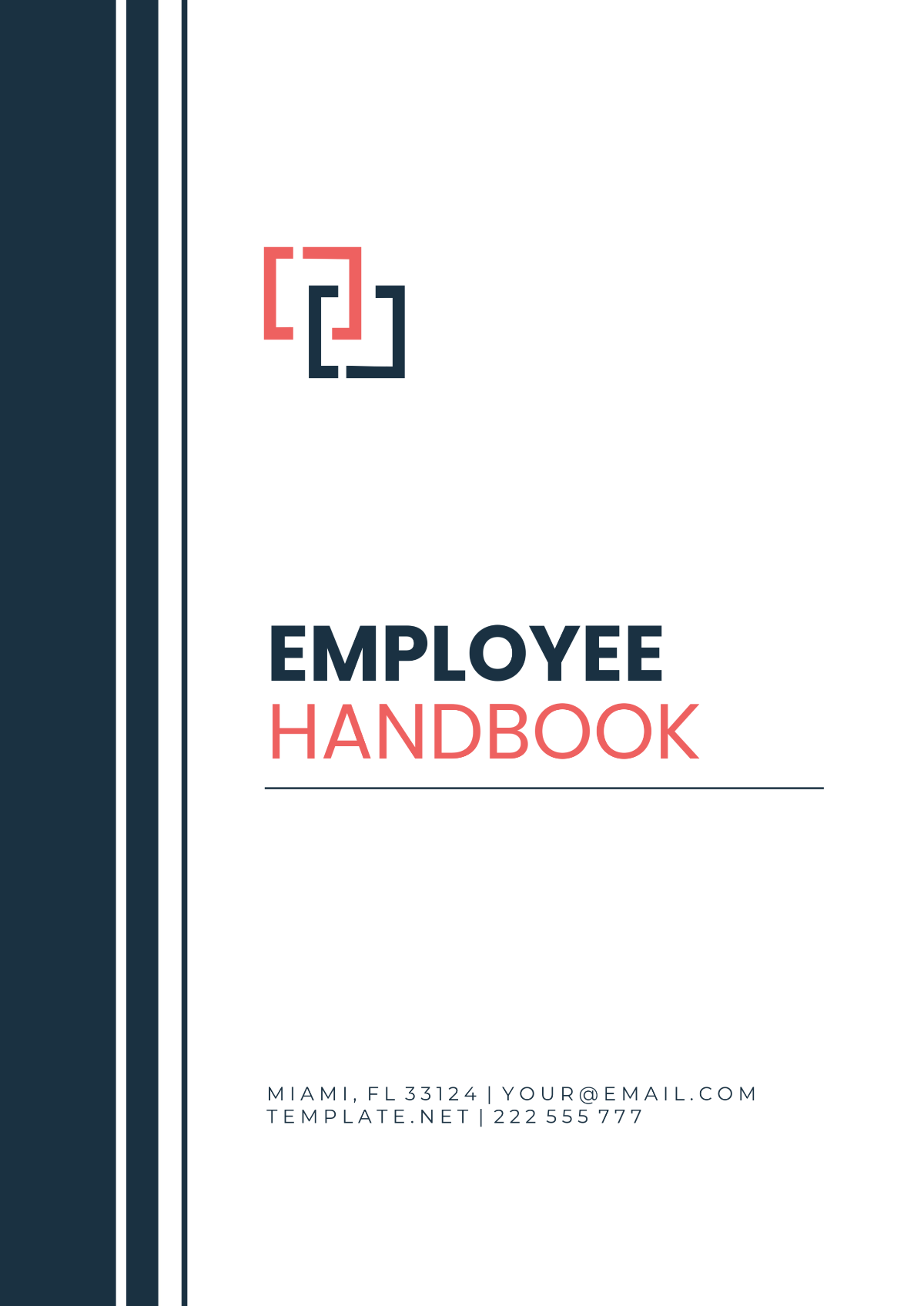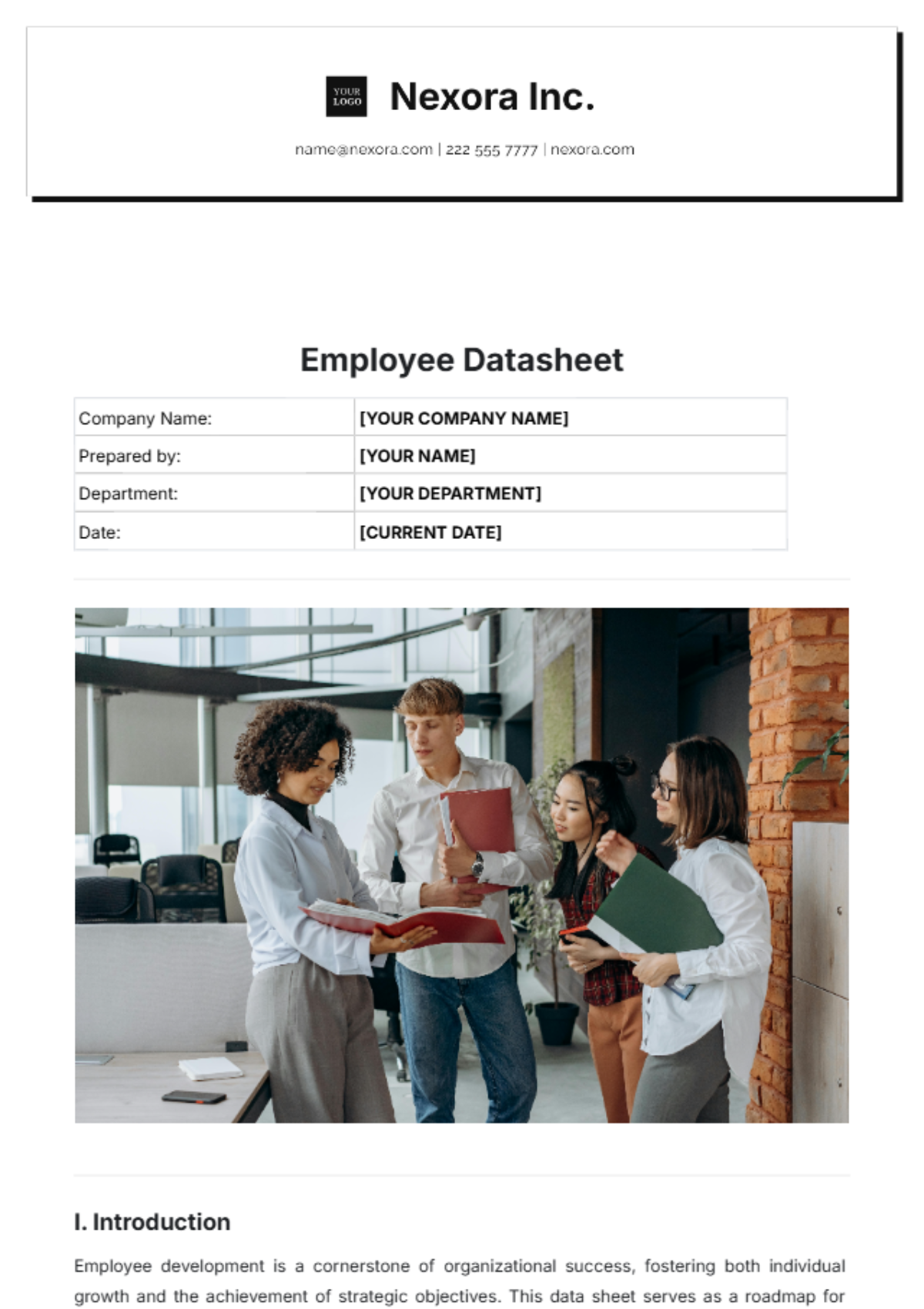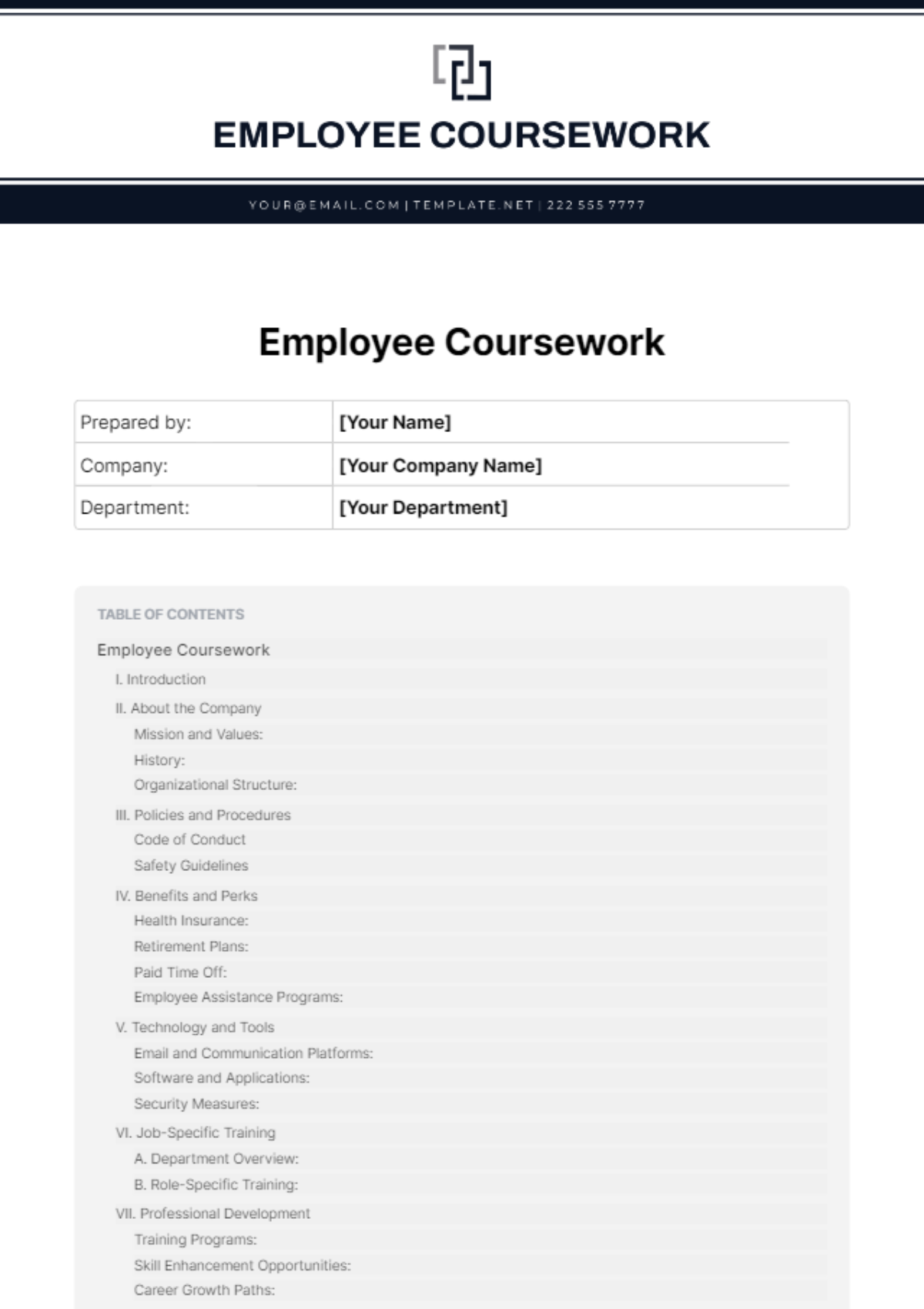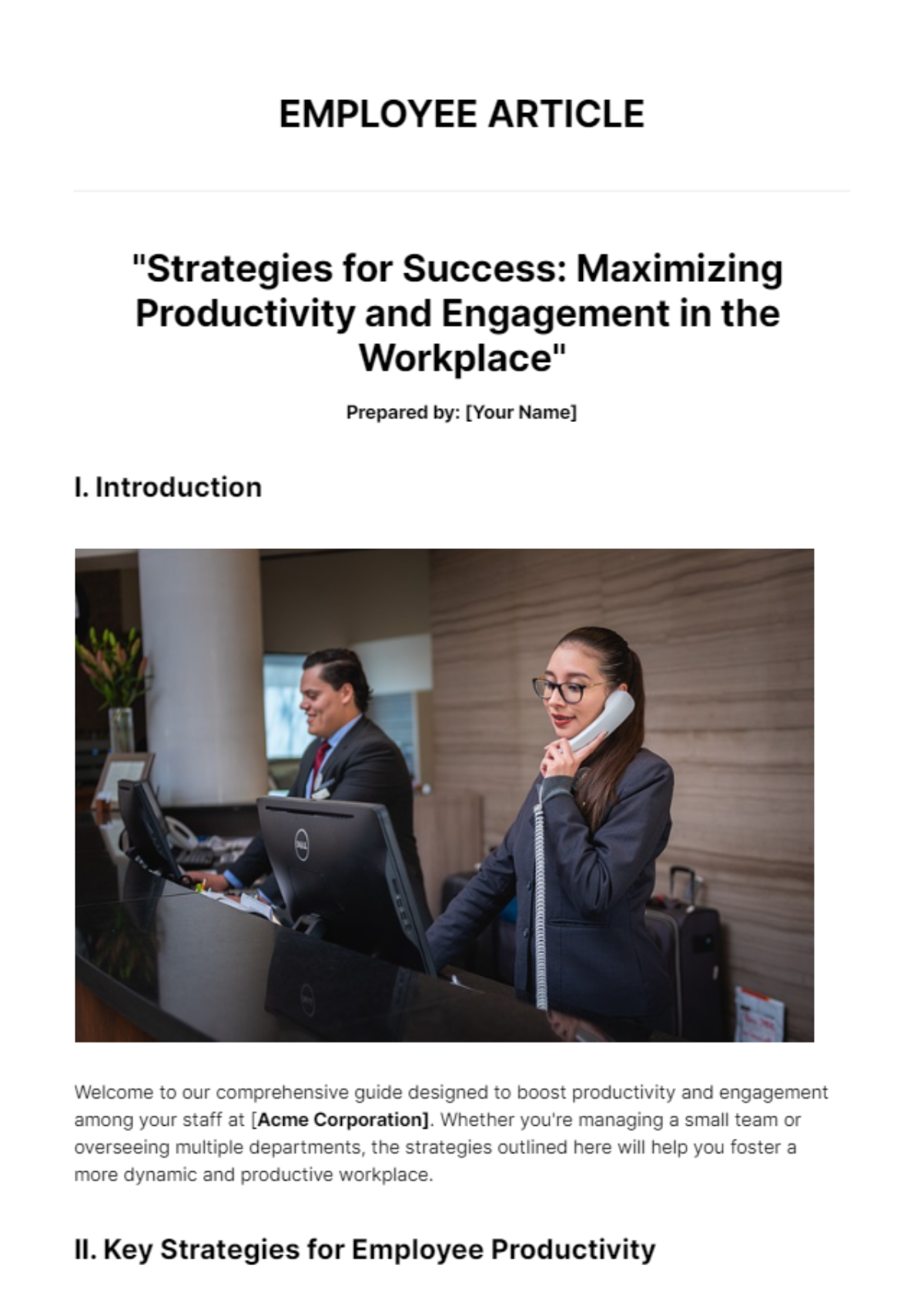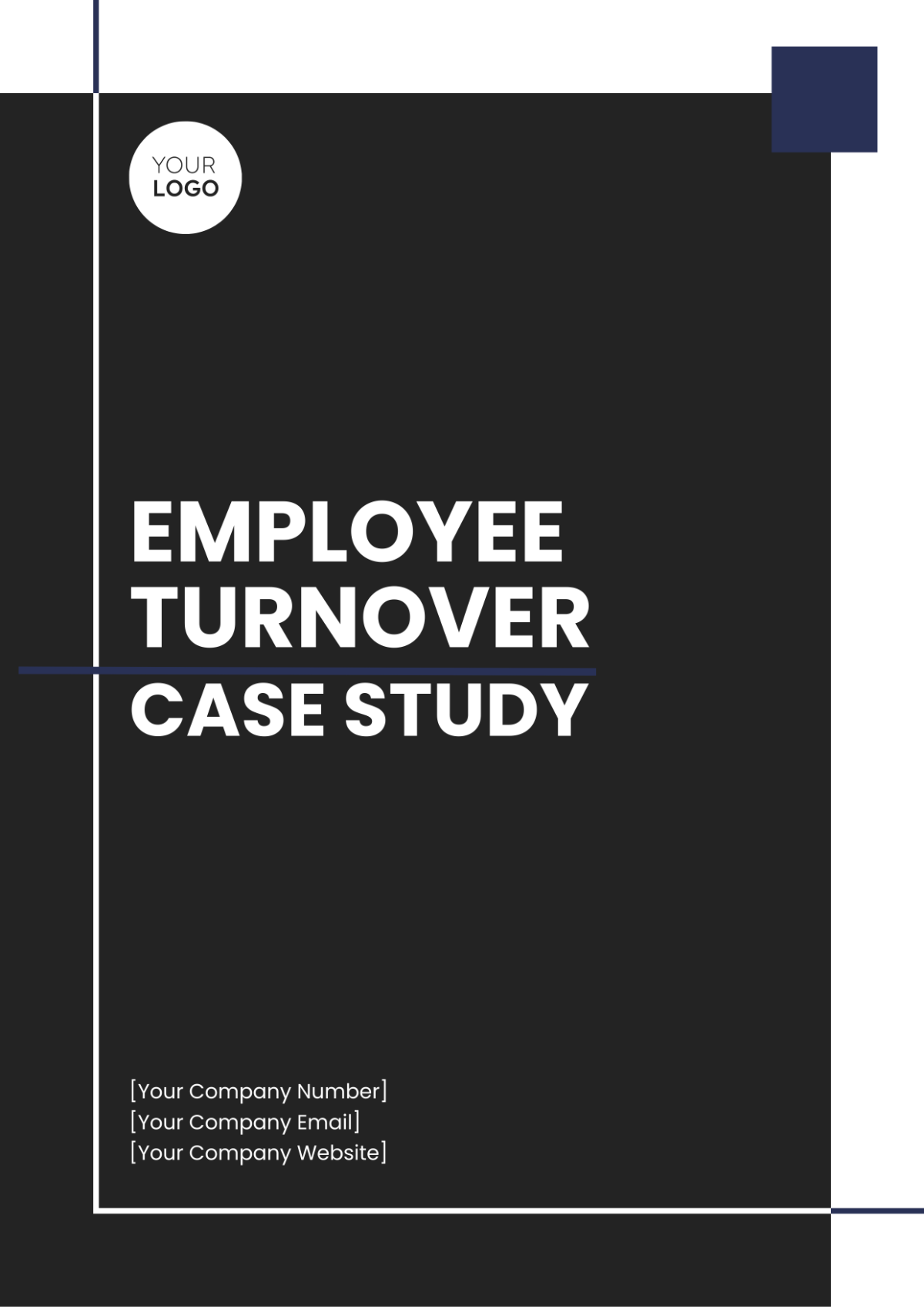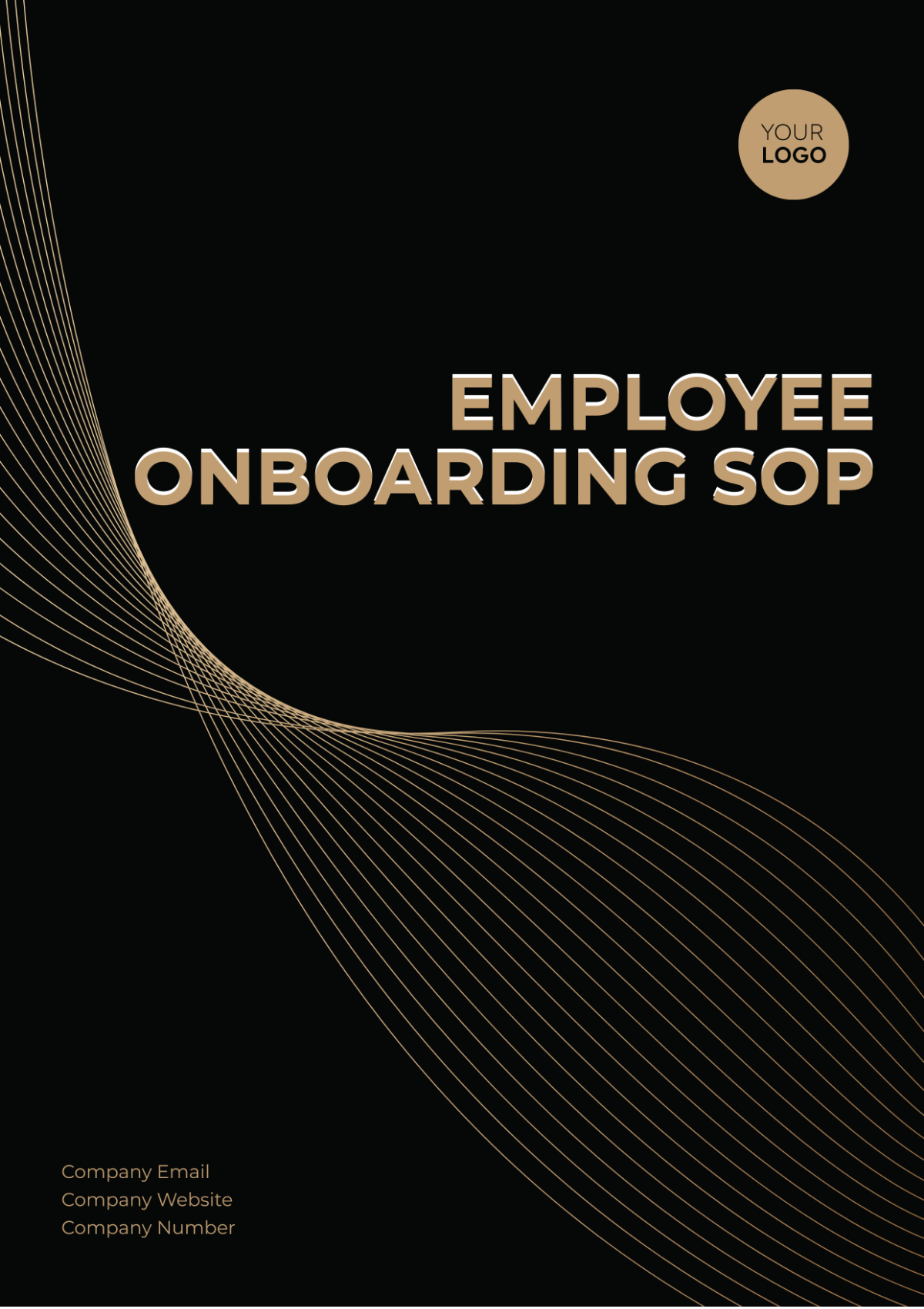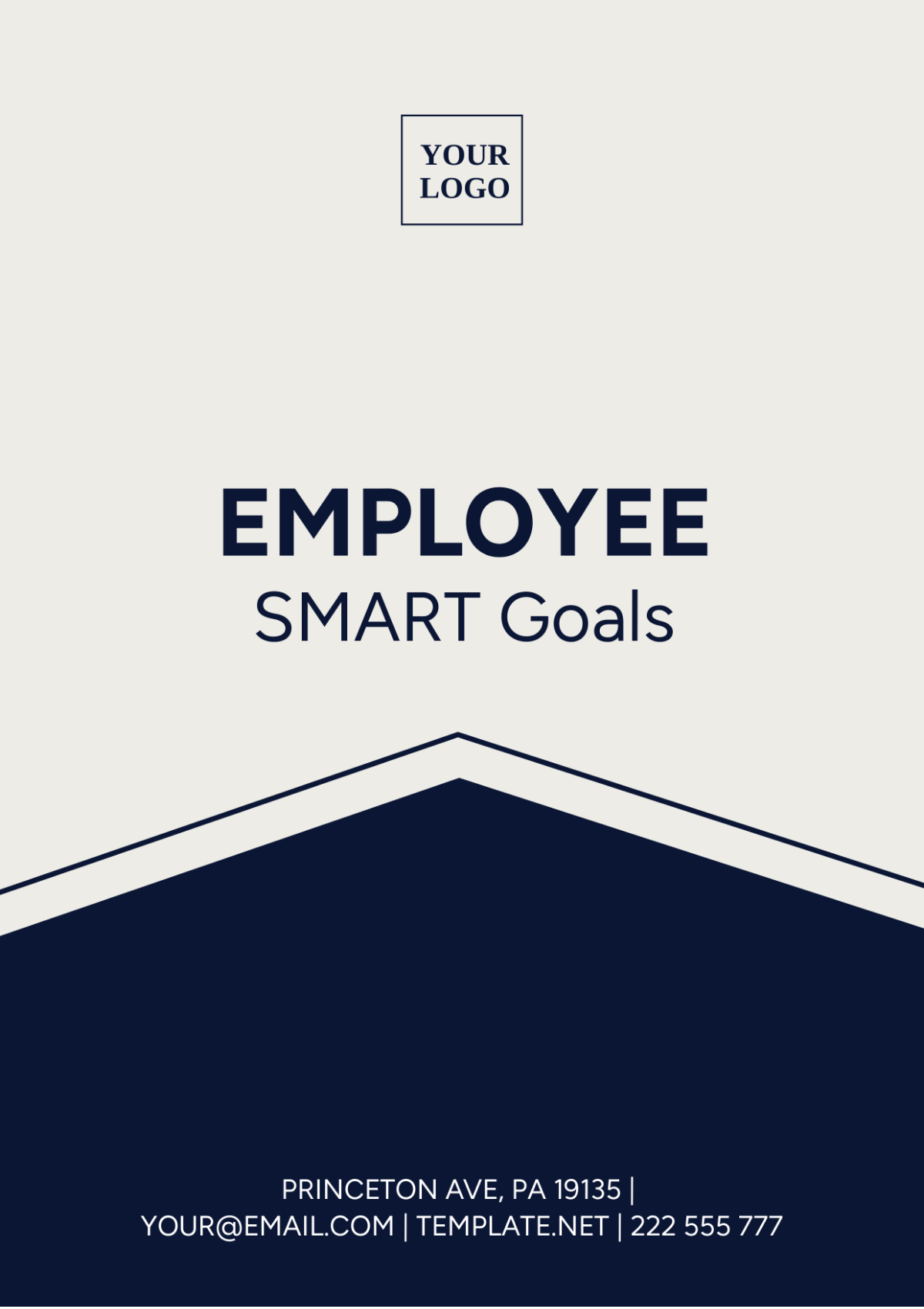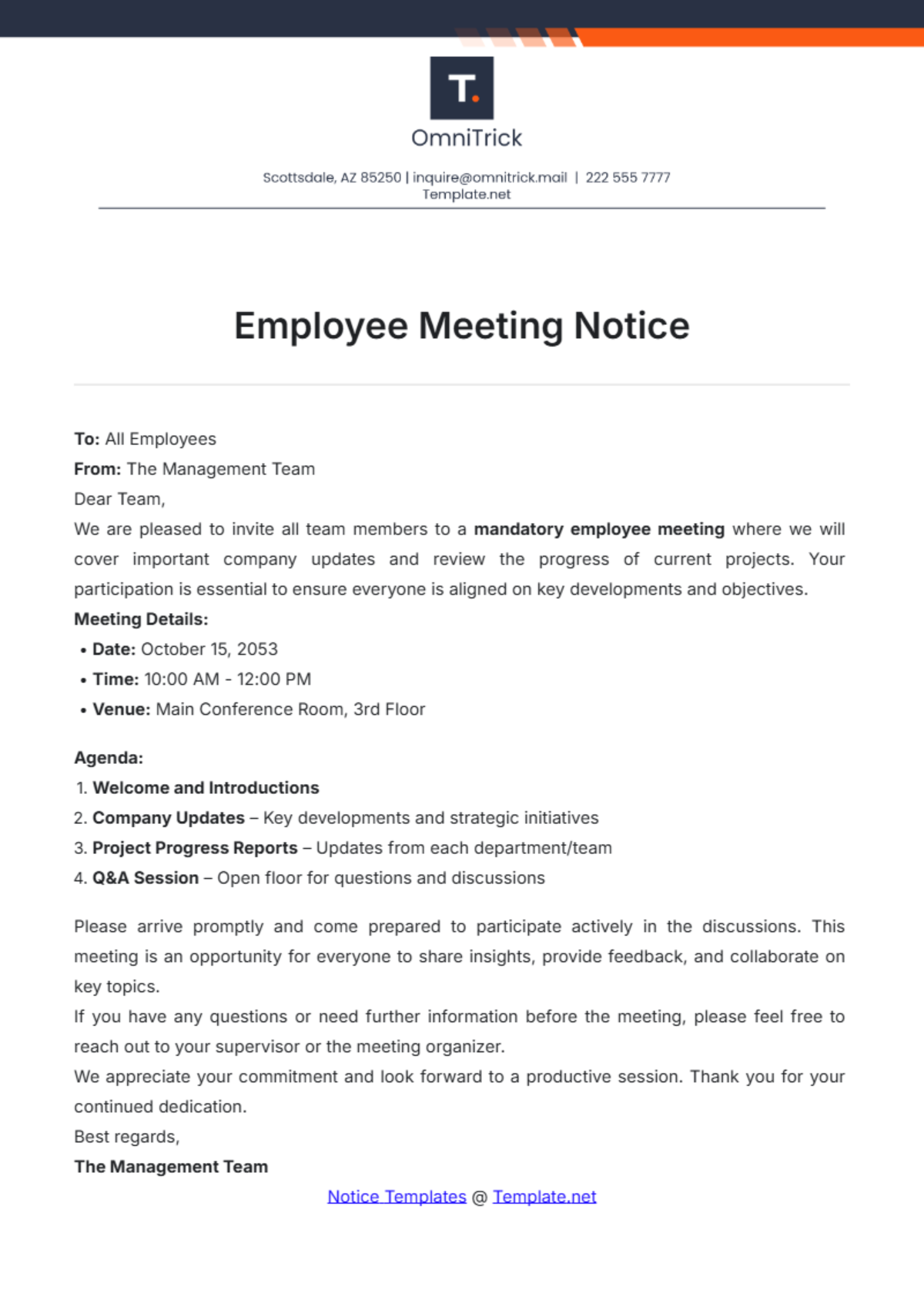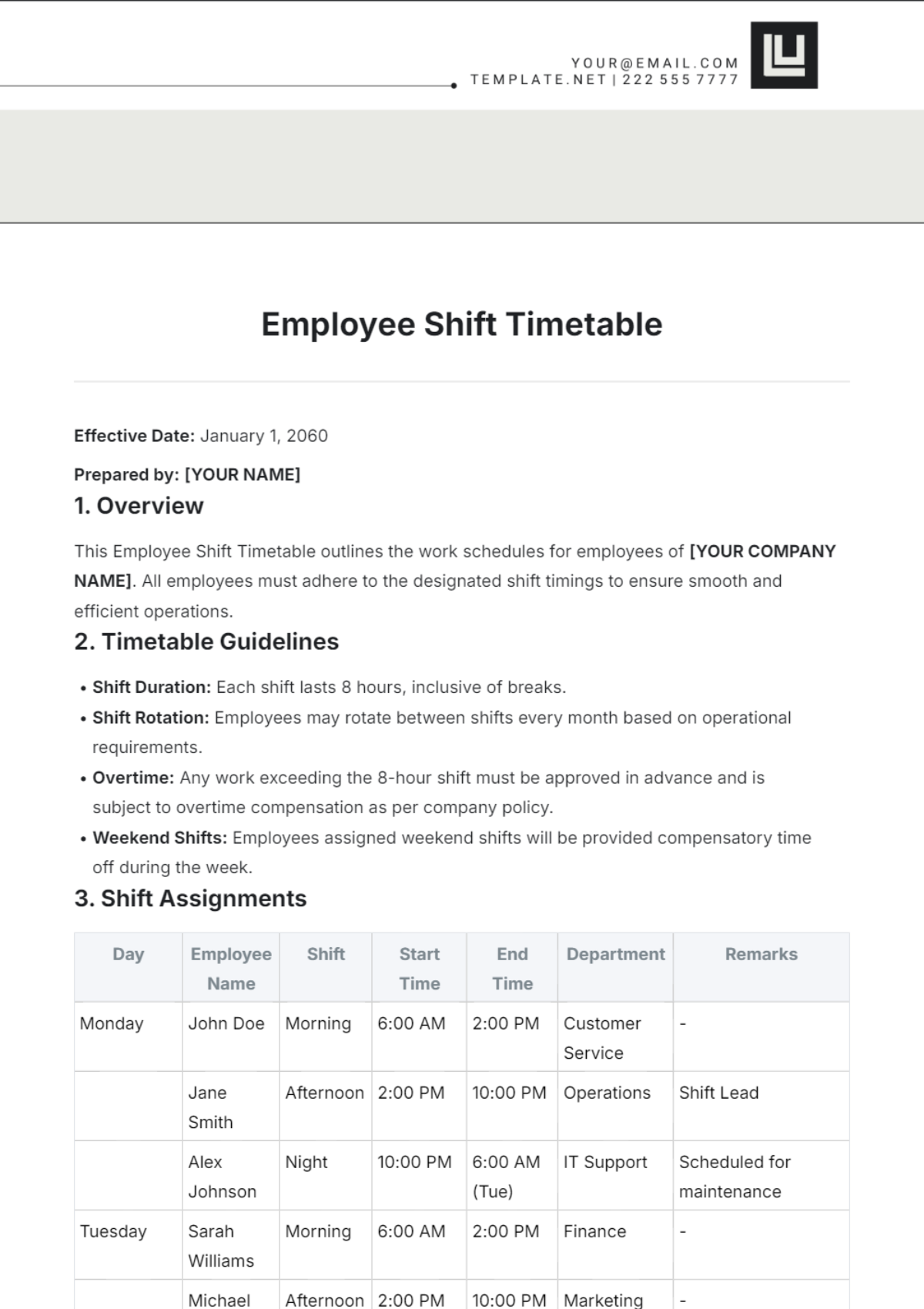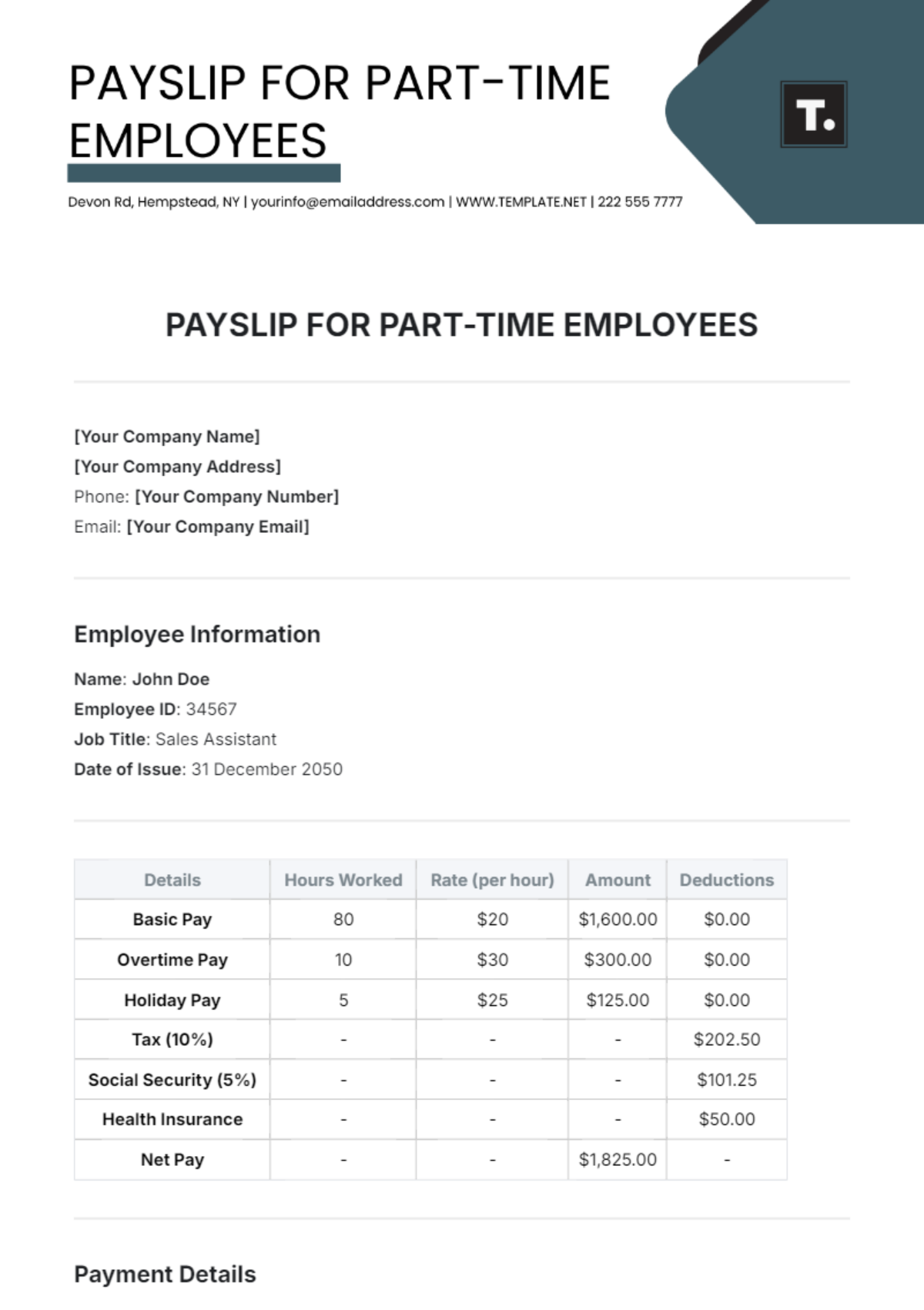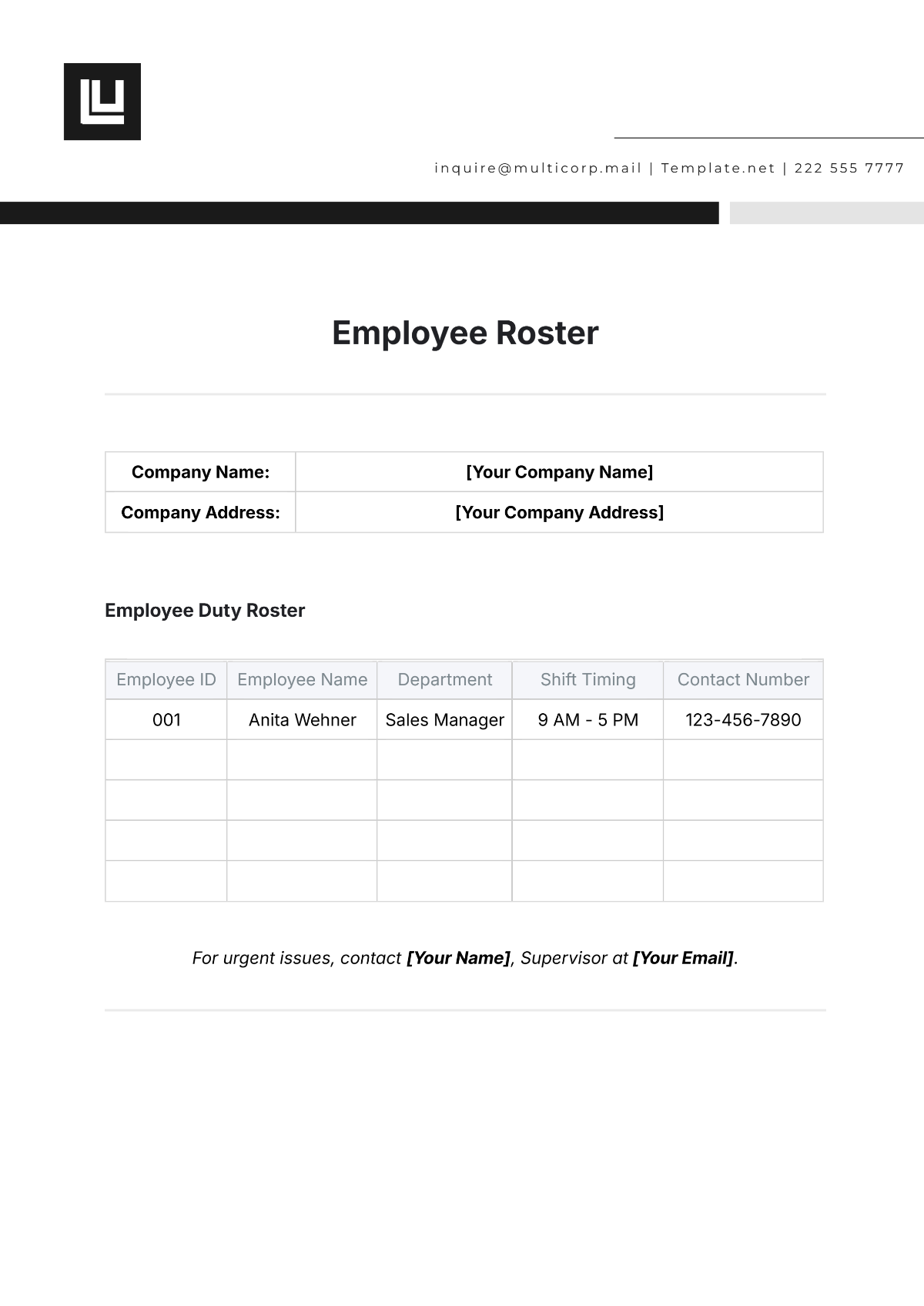Employee Procedure
Introduction:
This Employee Procedure Template provides guidelines for employees of [YOUR COMPANY NAME] to follow in various operational and administrative tasks. It outlines the standard procedures to ensure consistency, efficiency, and compliance with company policies and regulations.
Scope:
This procedure applies to all employees across different departments and levels within [YOUR COMPANY NAME]. It covers a wide range of activities, including onboarding, timekeeping, leave management, and workplace safety procedures.
Purpose:
The purpose of this procedure is to establish clear, standardized protocols for employees to follow in their day-to-day activities. By adhering to these procedures, employees can contribute to a positive work environment, enhance productivity, and ensure compliance with organizational policies and legal requirements.
I. Onboarding Procedure
New Employee Orientation: Provide new employees with a comprehensive orientation session to familiarize them with company policies, procedures, and organizational culture.
Cover topics such as company mission and values, employee benefits, code of conduct, and workplace safety protocols.
Completion of Onboarding Documents: Ensure new employees complete all necessary onboarding documents, including employment contracts, tax forms, and confidentiality agreements.
Provide guidance and assistance to new hires in completing paperwork accurately and submitting it to the appropriate department.
II. Timekeeping Procedure
Time Clock Usage: Instruct employees on how to use the time clock or electronic timekeeping system to accurately record their work hours.
Emphasize the importance of punctuality and adherence to scheduled work hours.
Timekeeping Corrections: Outline the process for employees to request corrections or adjustments to their timekeeping records in case of inaccuracies or errors.
Specify the required documentation or approval procedures for timekeeping adjustments.
III. Leave Management Procedure
Requesting Time Off: Describe the procedure for employees to request time off for vacation, sick leave, or other personal reasons.
Specify the advance notice required for submitting leave requests and the process for obtaining supervisor approval.
Recording Leave Balances: Provide guidance on how employees can access and monitor their accrued leave balances, including vacation days, sick leave, and other types of paid time off.
Explain the process for updating leave balances after approved leave requests.
IV. Workplace Safety Procedure
Emergency Procedures: Educate employees on emergency response procedures, including evacuation routes, assembly points, and emergency contact information.
Conduct periodic drills and training sessions to ensure employees are prepared to respond effectively to workplace emergencies.
Reporting Safety Incidents: Establish a procedure for employees to report safety incidents, hazards, or near misses to the appropriate safety officer or supervisor.
Emphasize the importance of timely reporting to prevent workplace accidents and injuries.
V. Performance Evaluation Procedure
Performance Goal Setting: Outline the process for setting performance goals and objectives in alignment with the employee's role, departmental objectives, and organizational priorities.
Define SMART (Specific, Measurable, Achievable, Relevant, Time-bound) goals that are clear and actionable.
Regular Feedback Sessions: Establish a schedule for regular performance feedback sessions between employees and their supervisors or managers.
Provide guidance on how to conduct constructive feedback discussions, focusing on strengths, areas for improvement, and goal progress.
Additional Reminders and Tips:
Encourage employees to ask questions and seek clarification if they are unsure about any aspect of the procedures outlined in this template.
Provide ongoing training and support to employees to ensure they understand and adhere to company policies and procedures.
Regularly review and update the Employee Procedure Templates to reflect changes in organizational policies, regulations, or best practices.
Prepared by | Company Name | Department | Date |
|---|---|---|---|
[YOUR NAME] | [YOUR COMPANY NAME] | [YOUR DEPARTMENT] | [DATE] |
